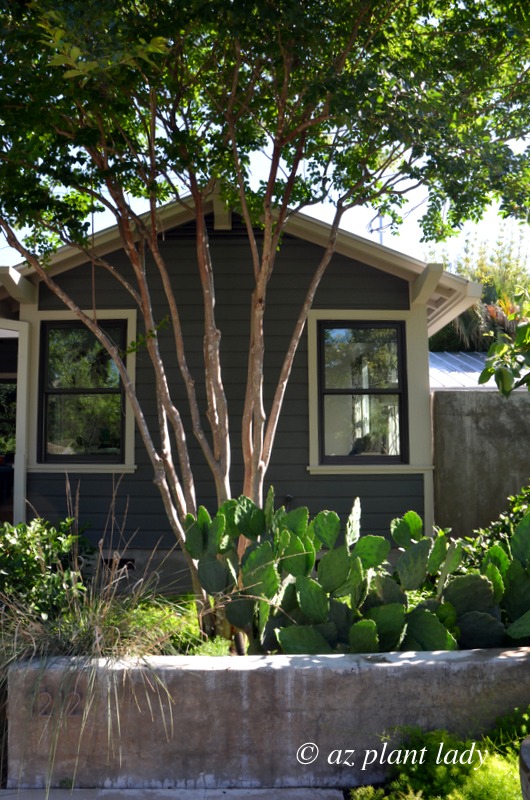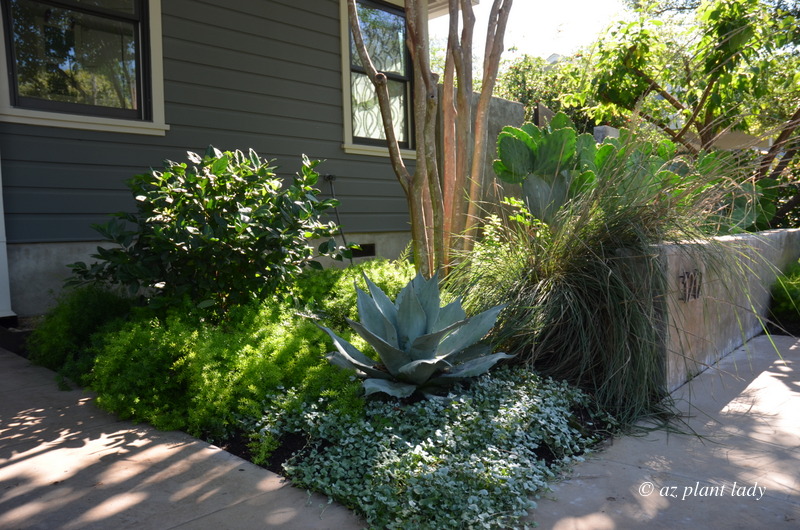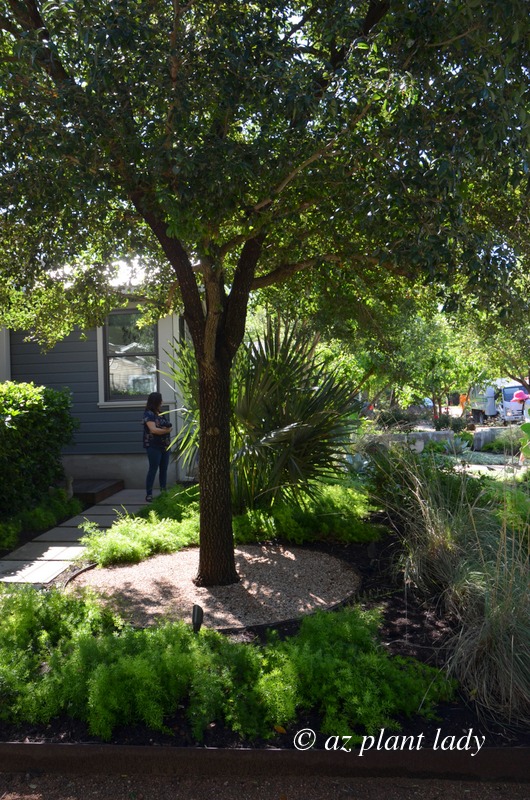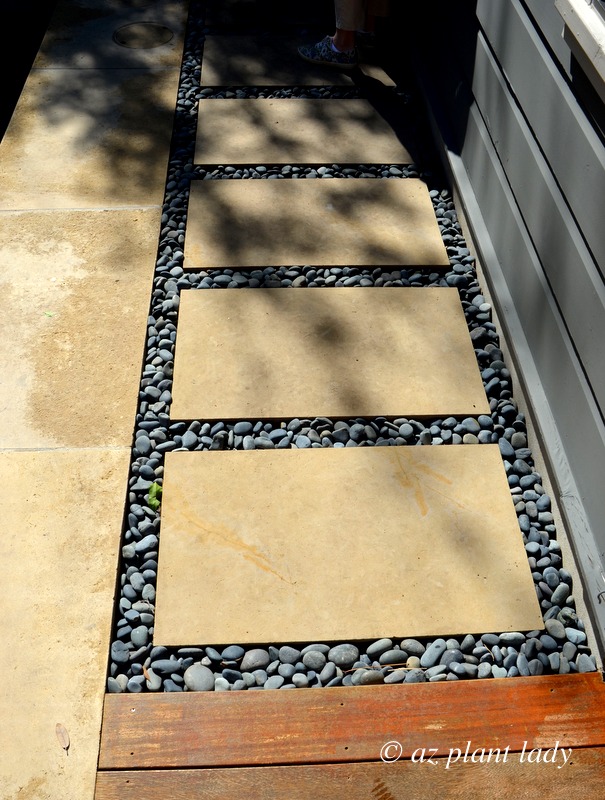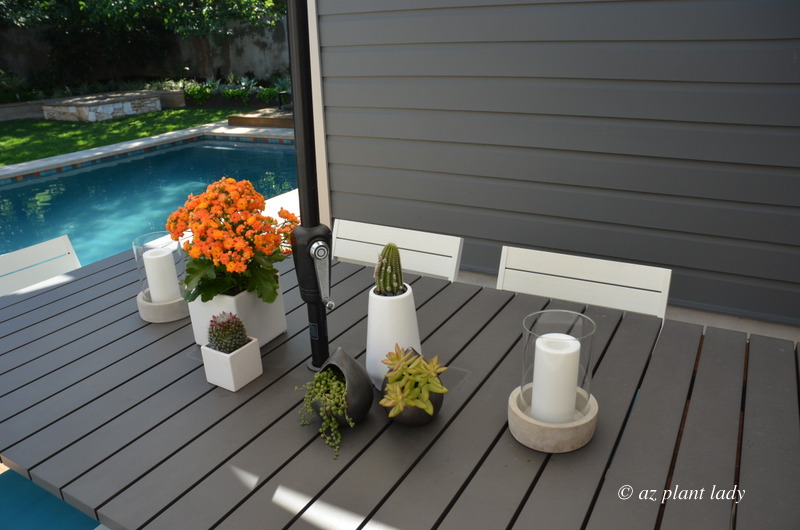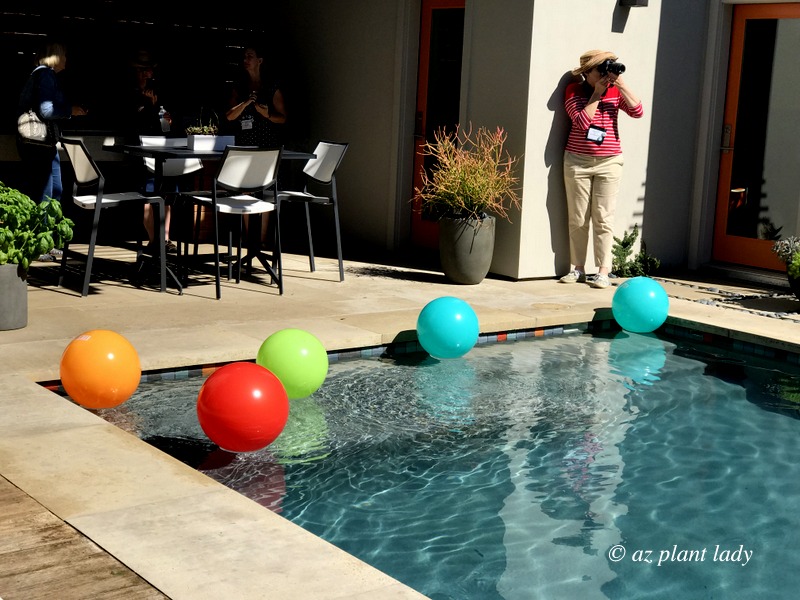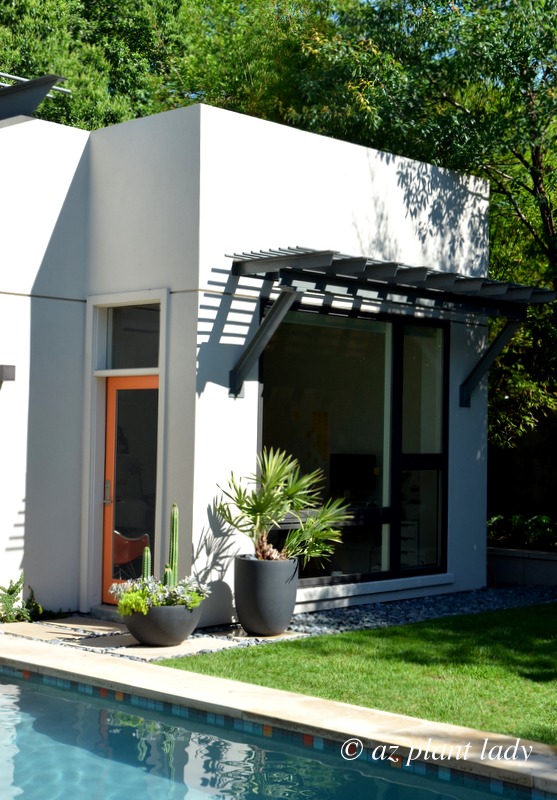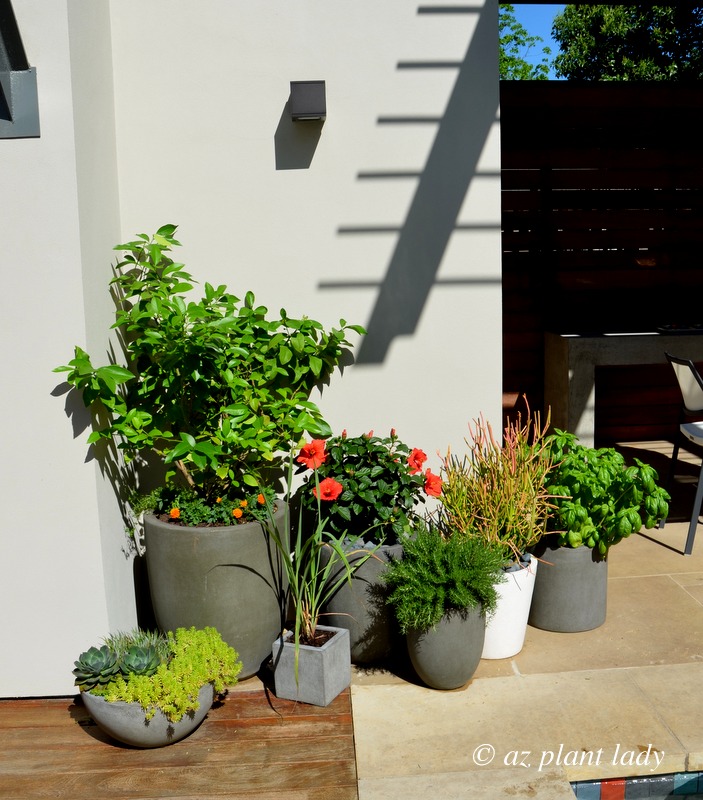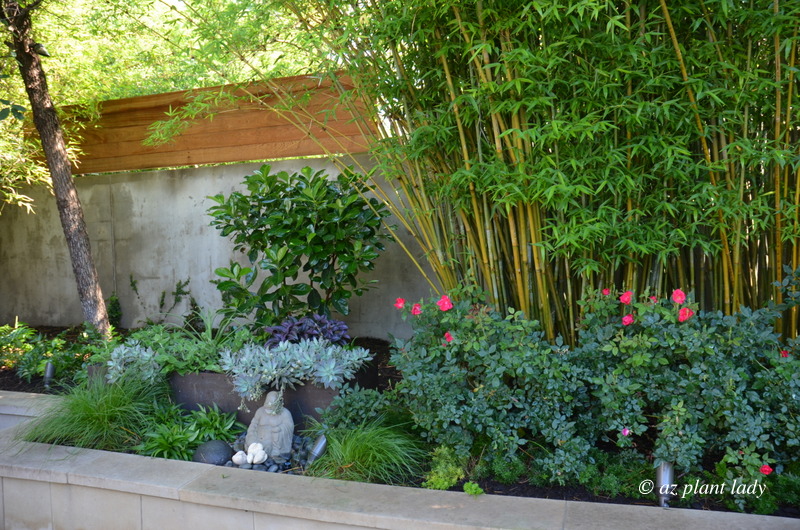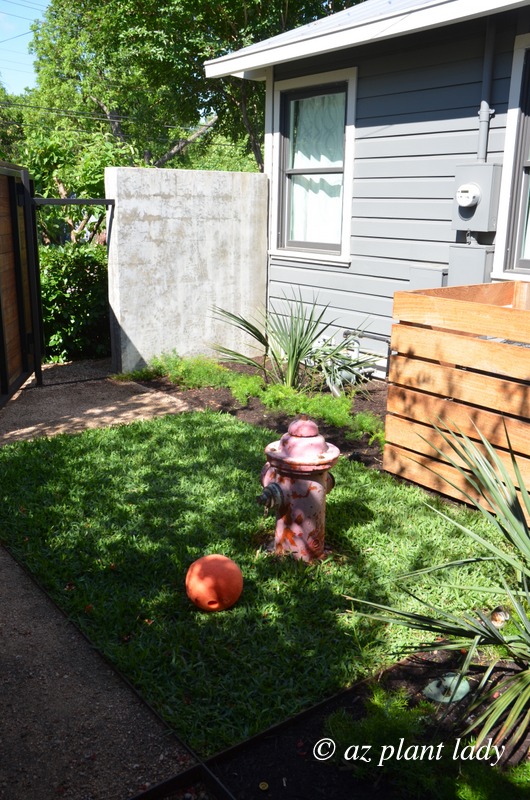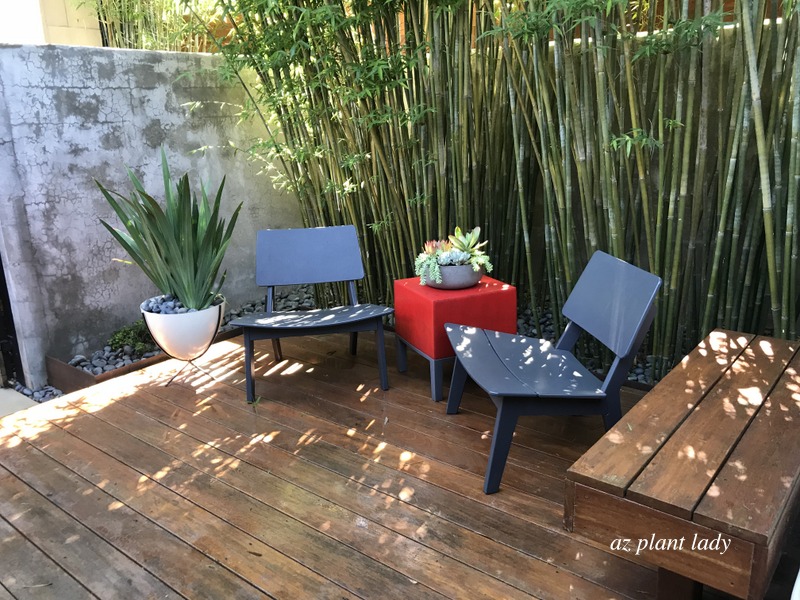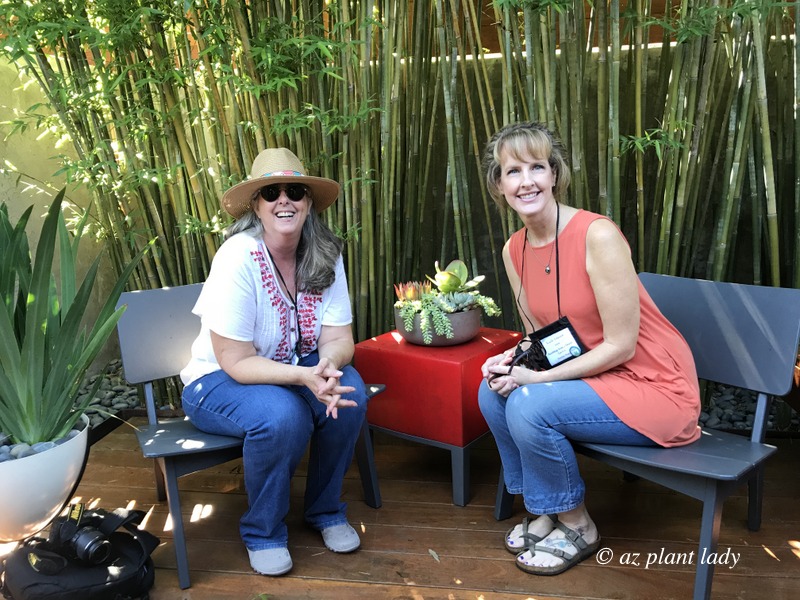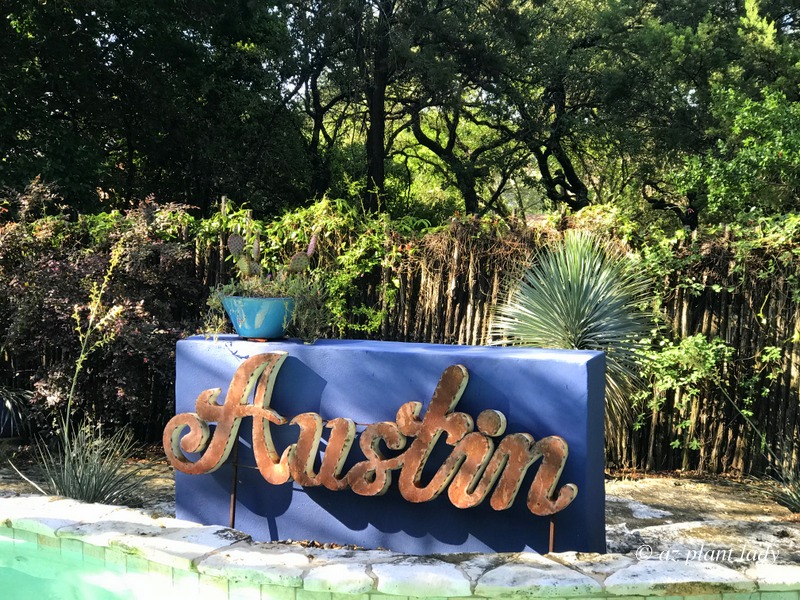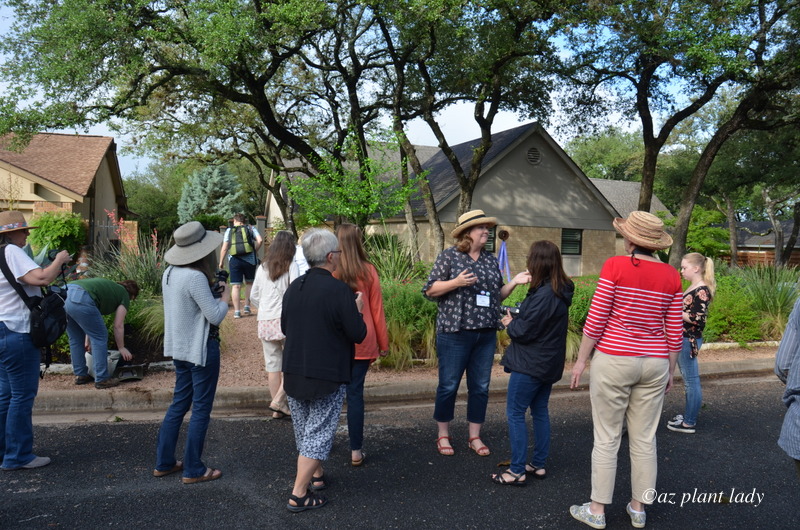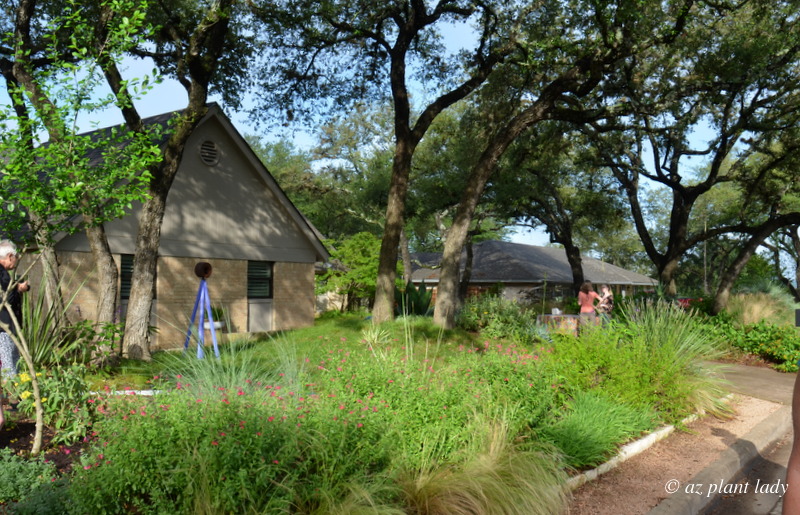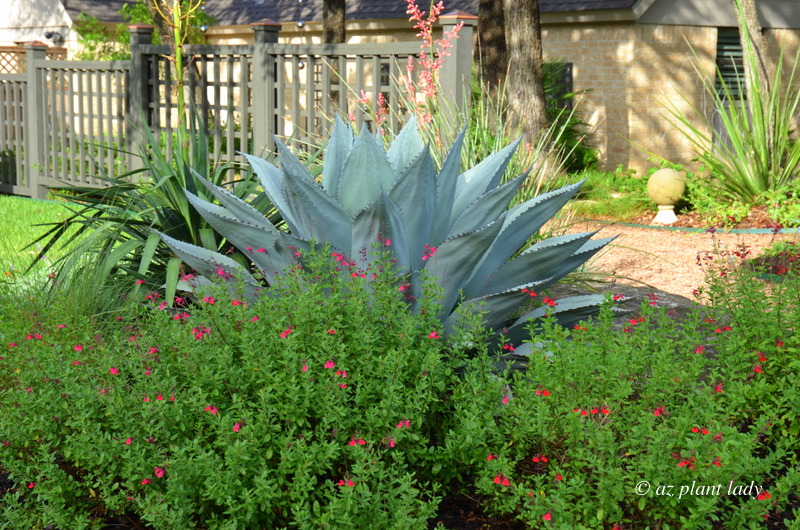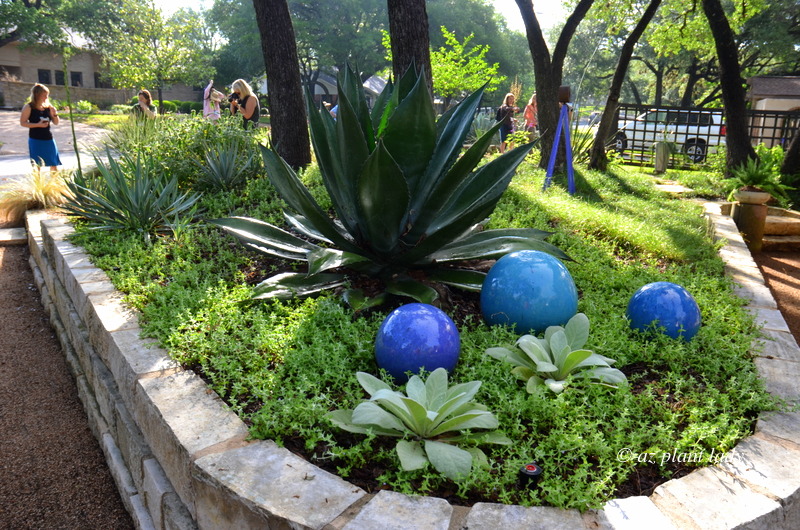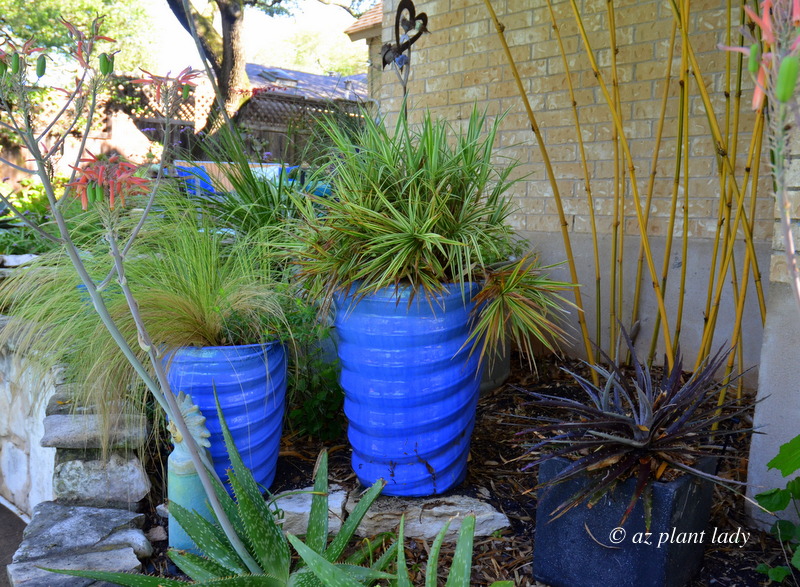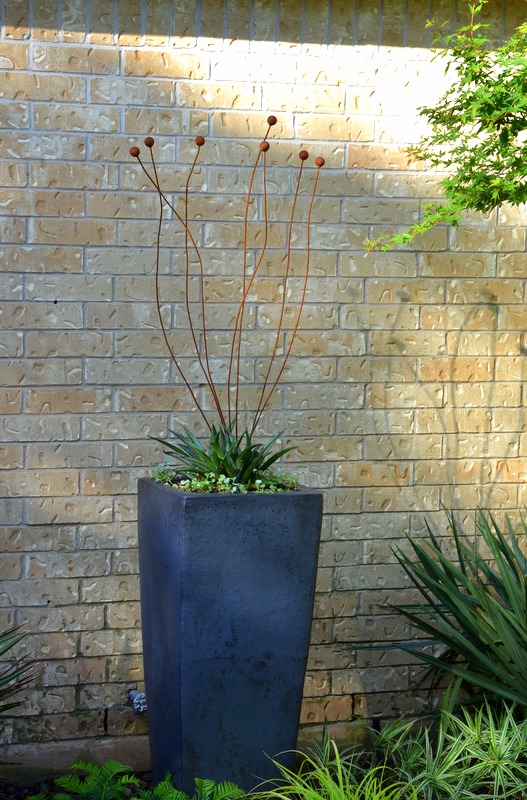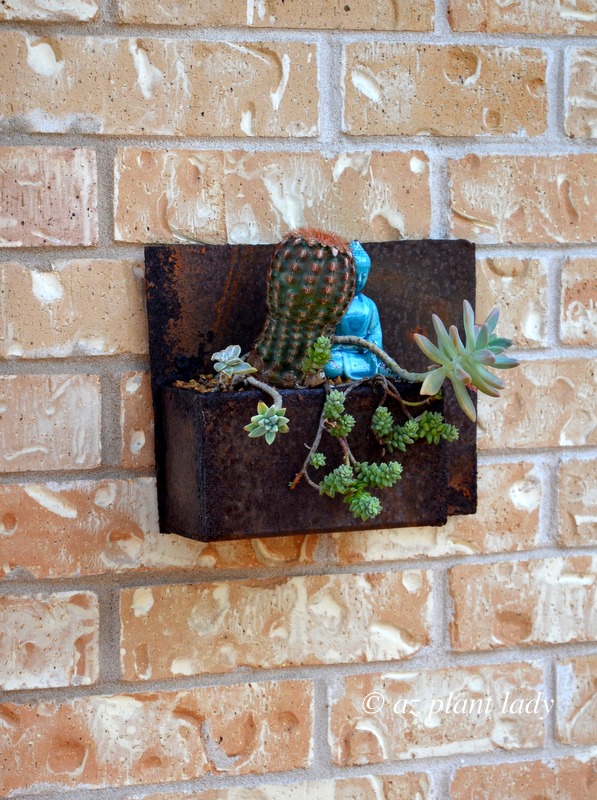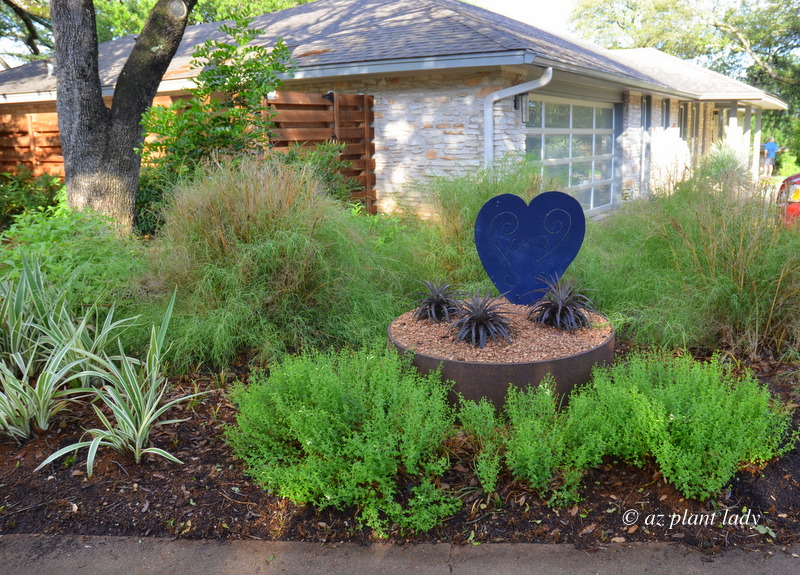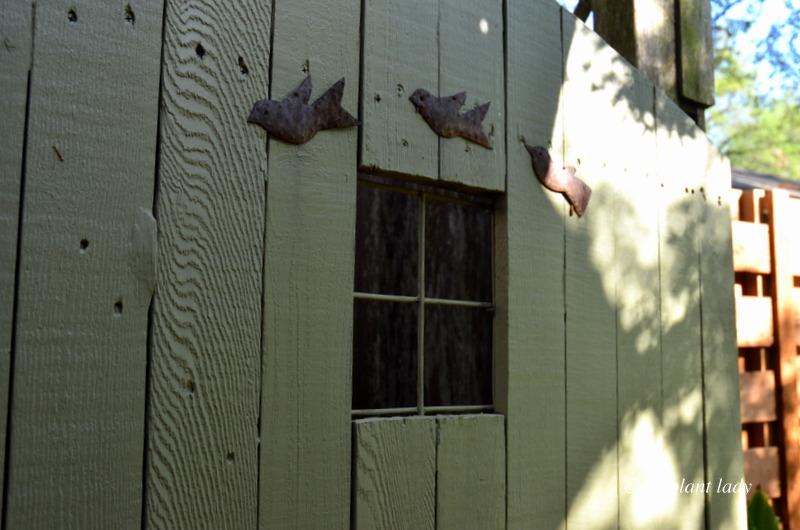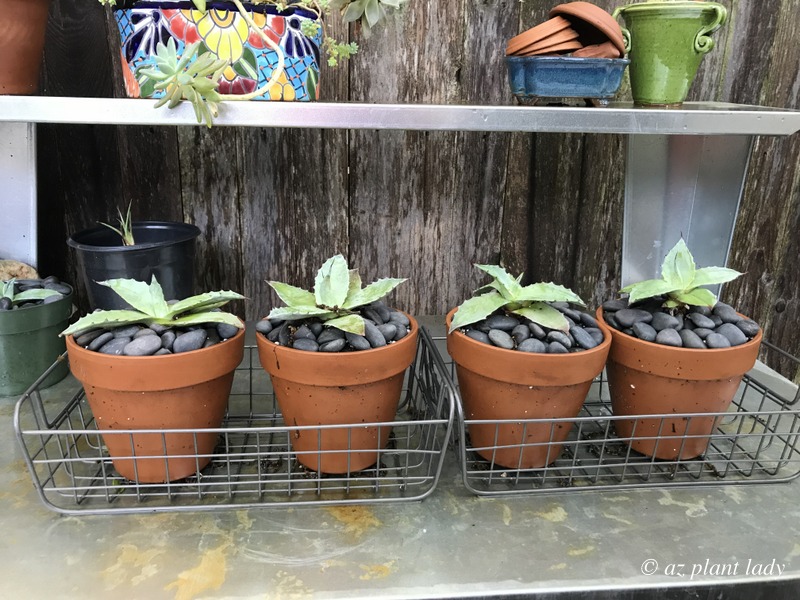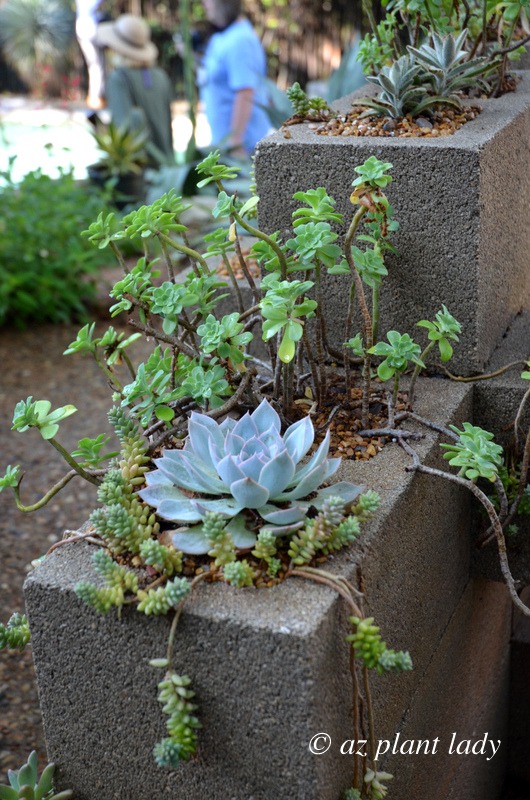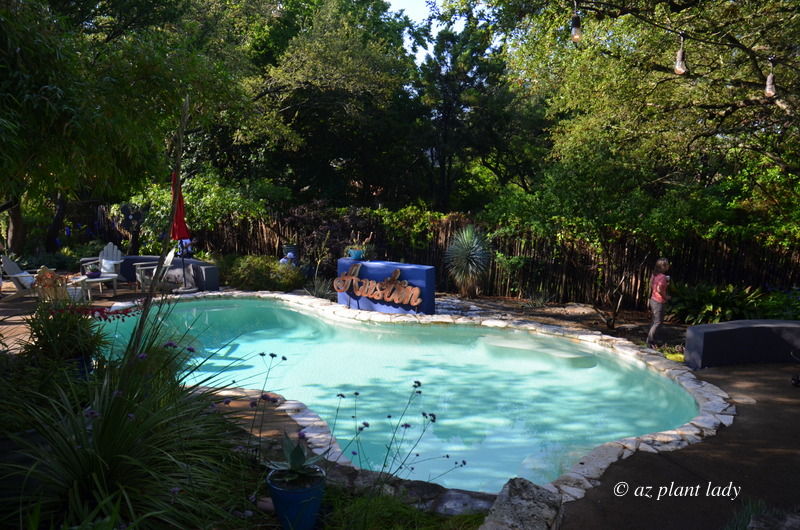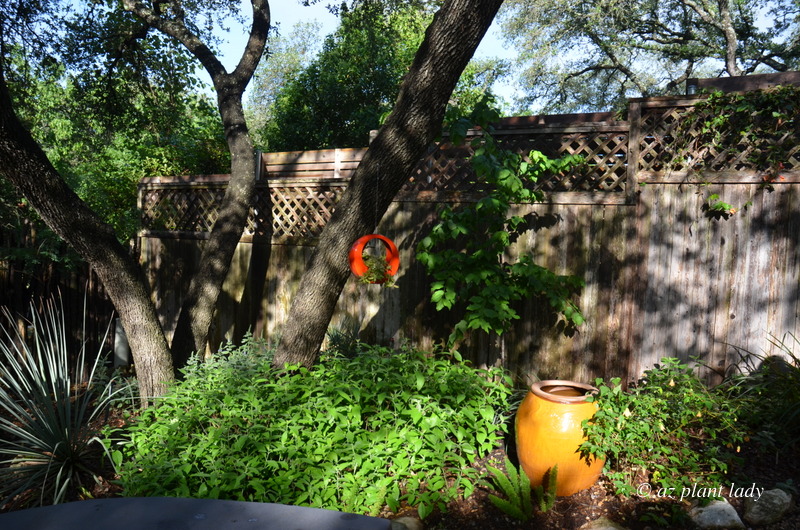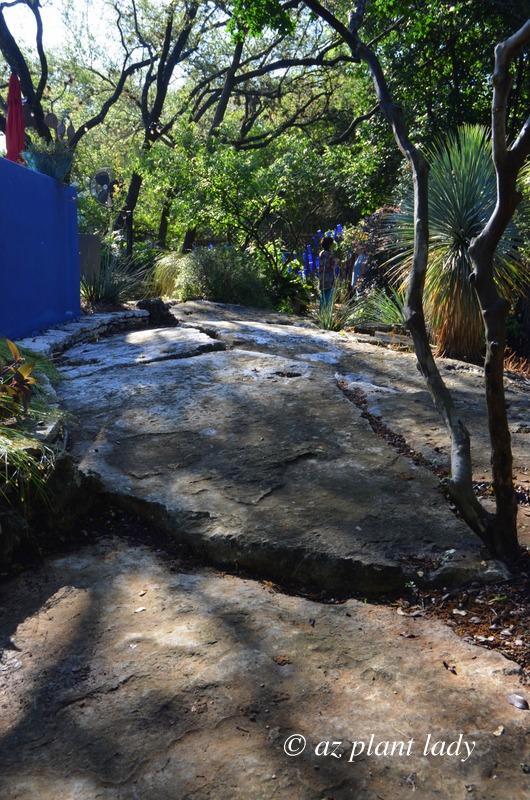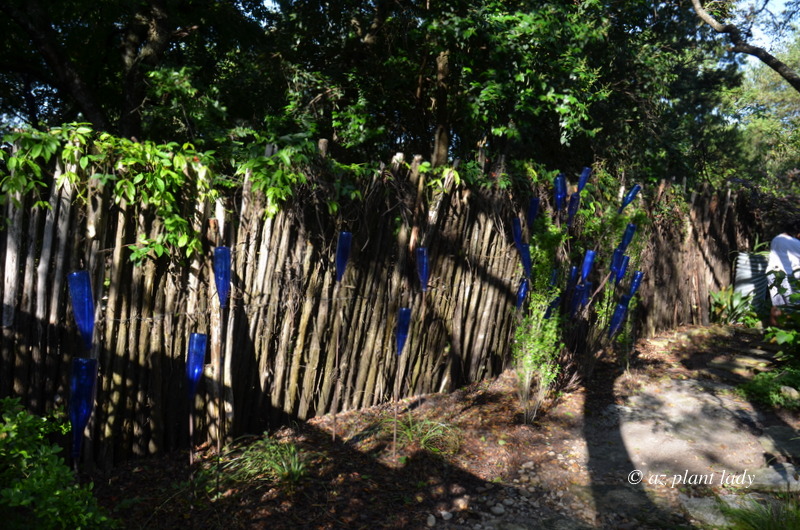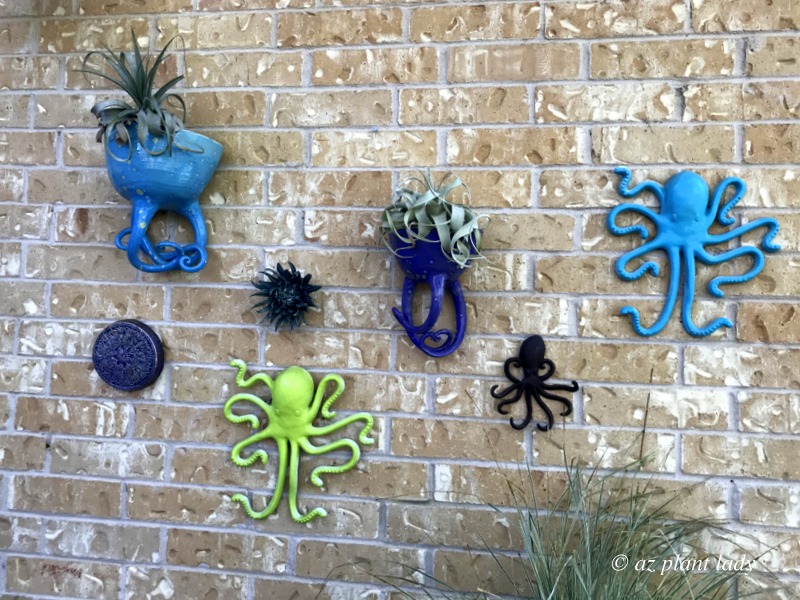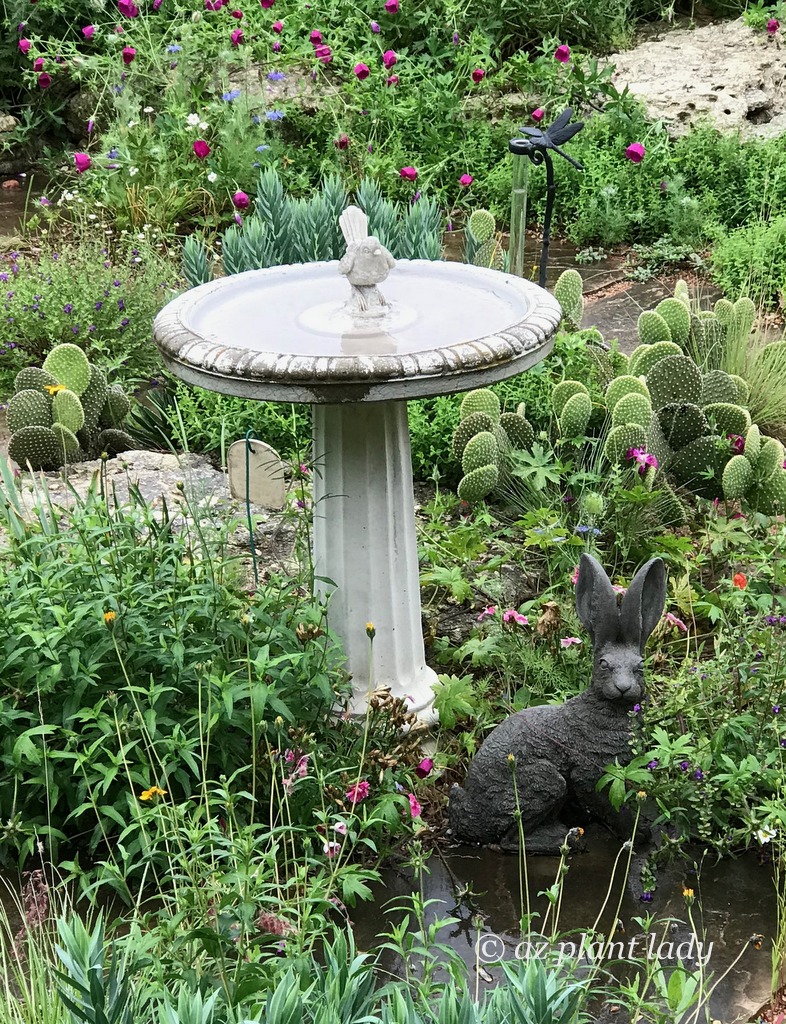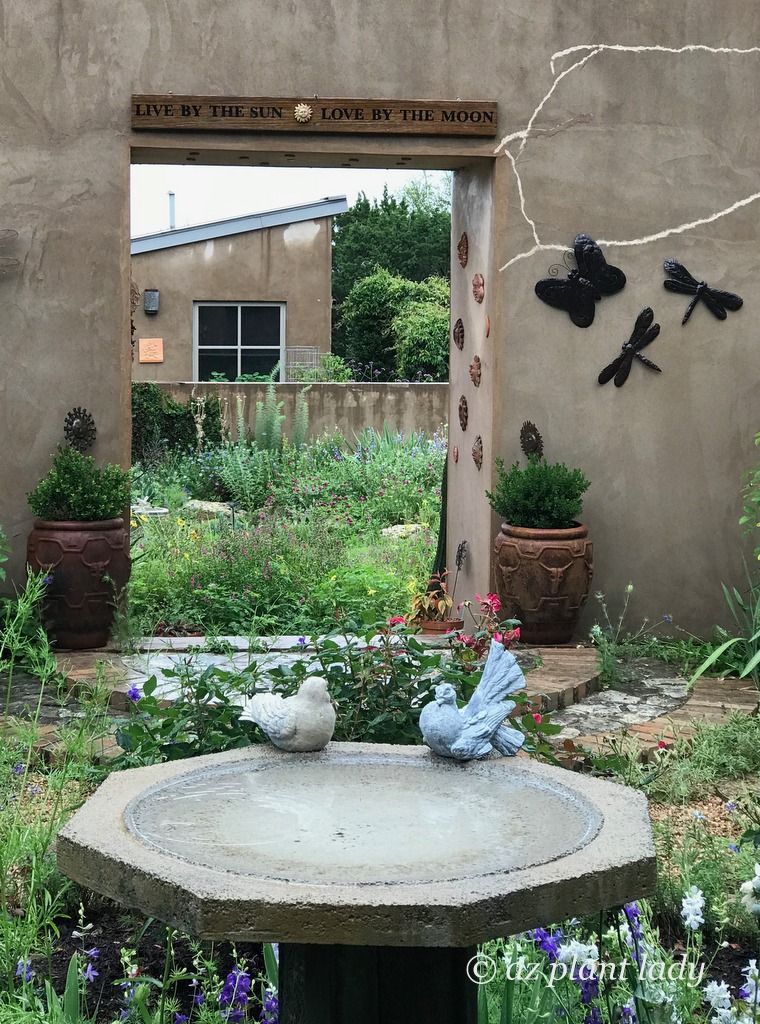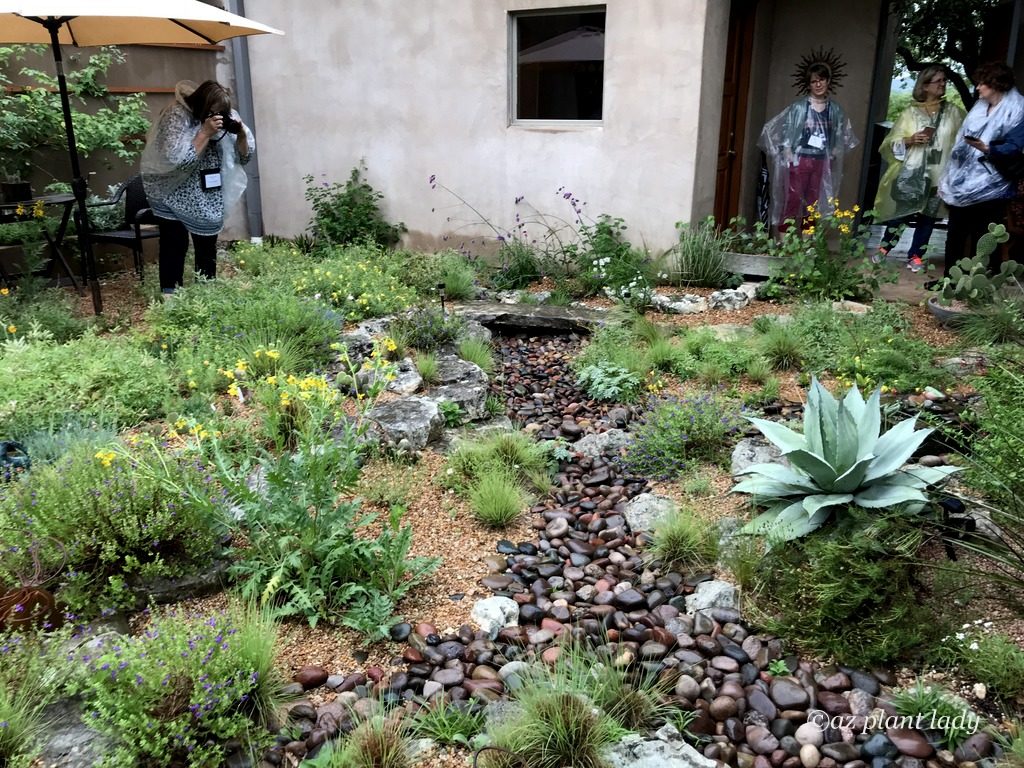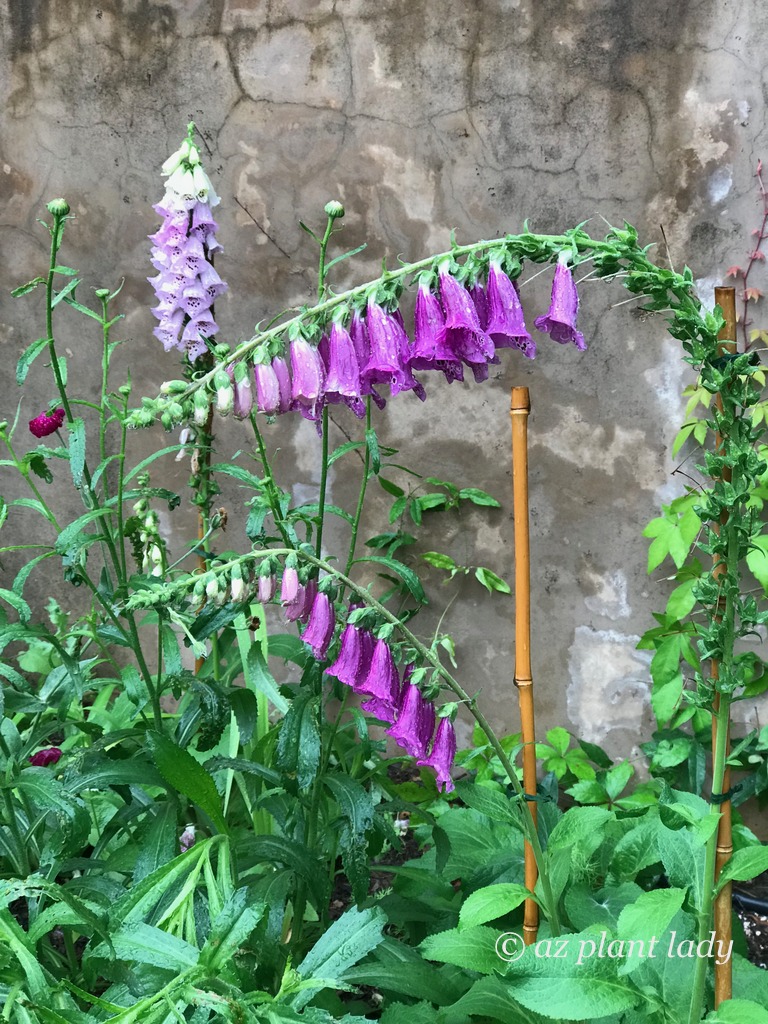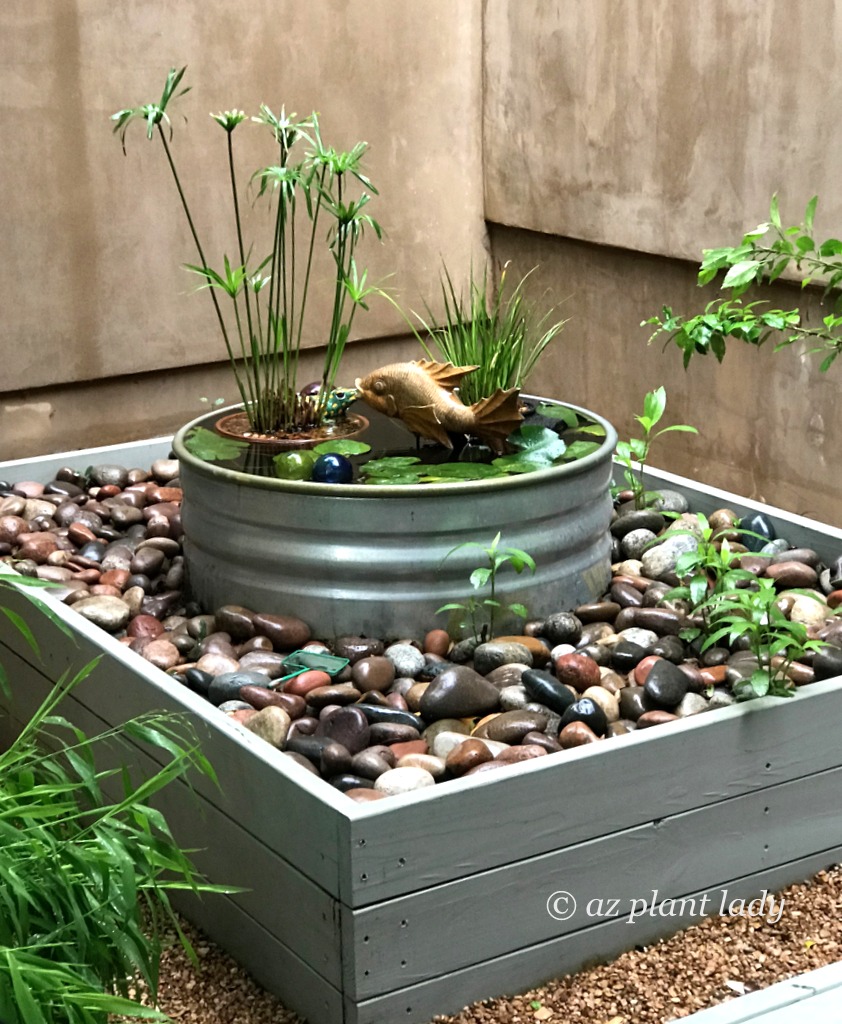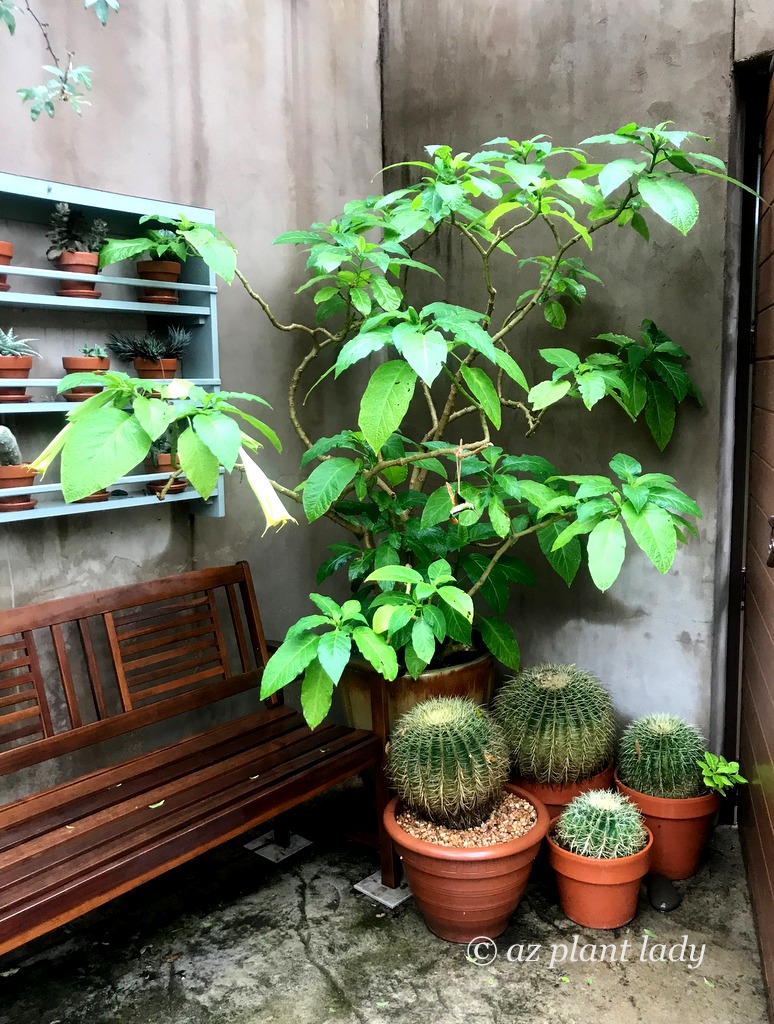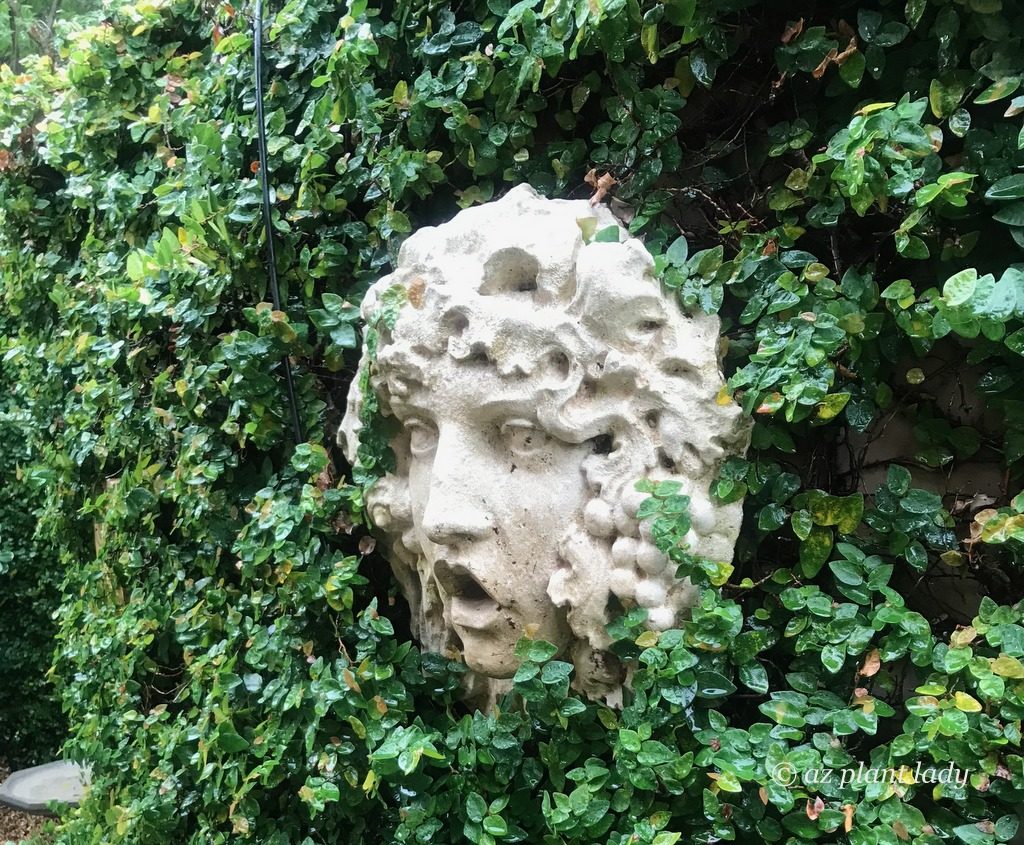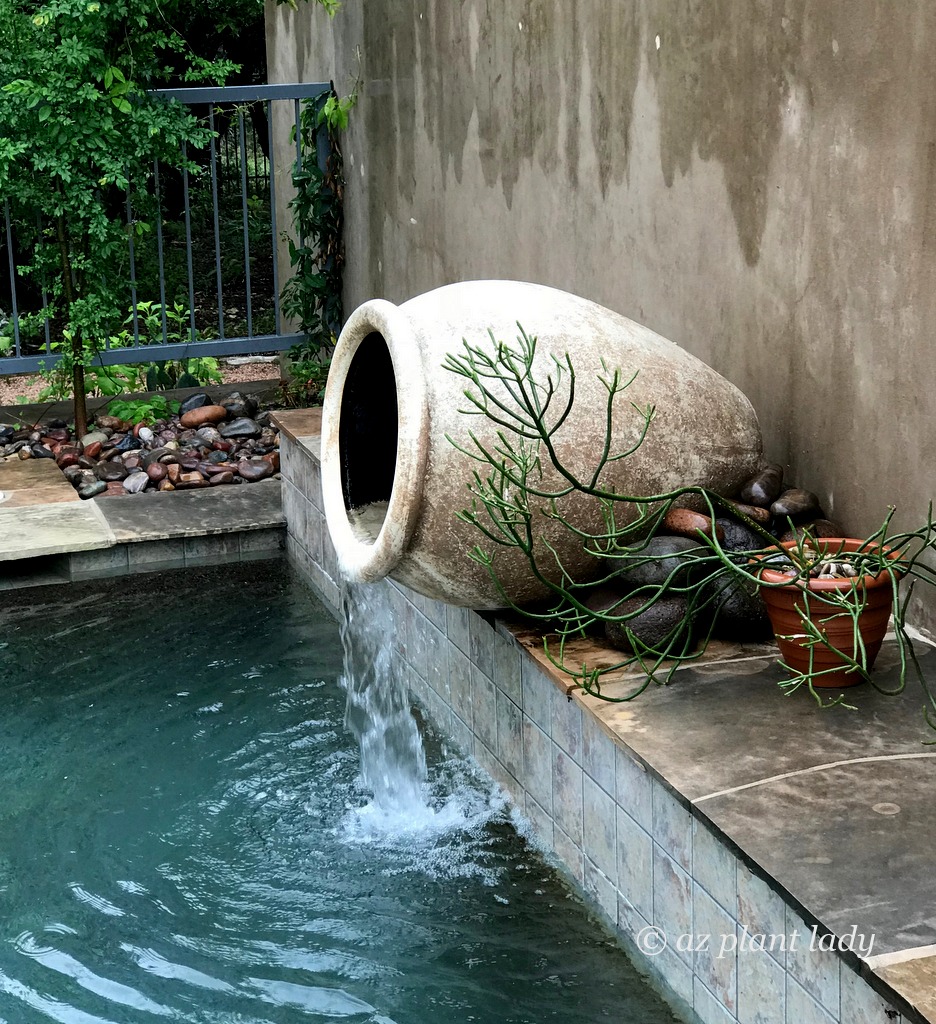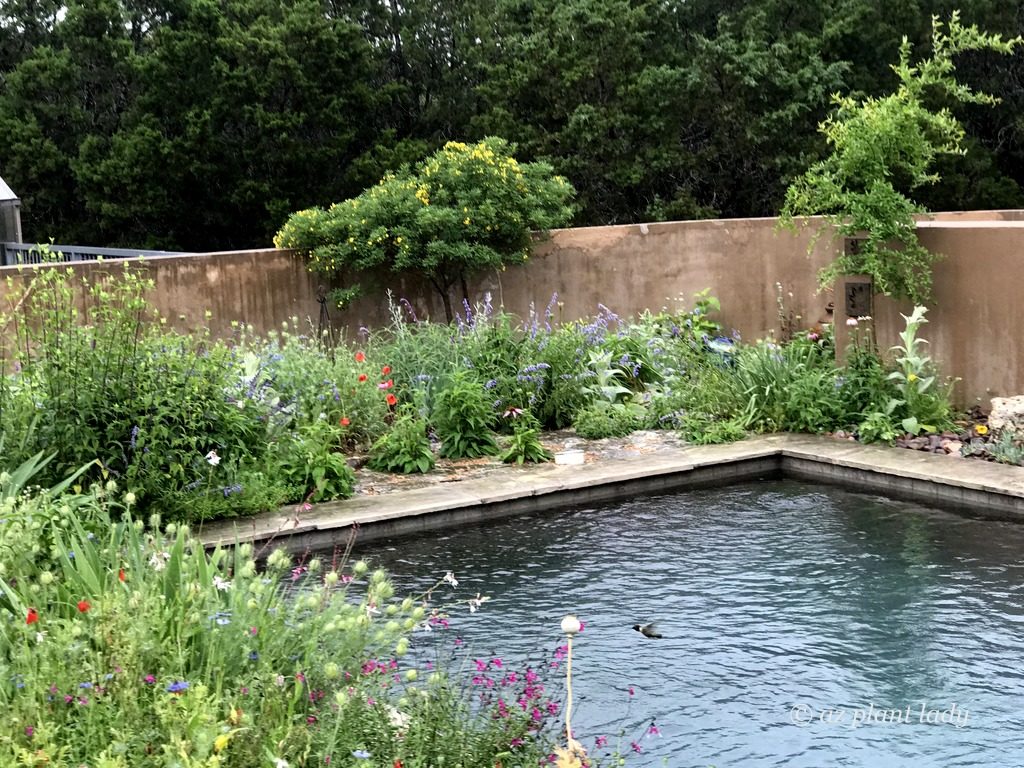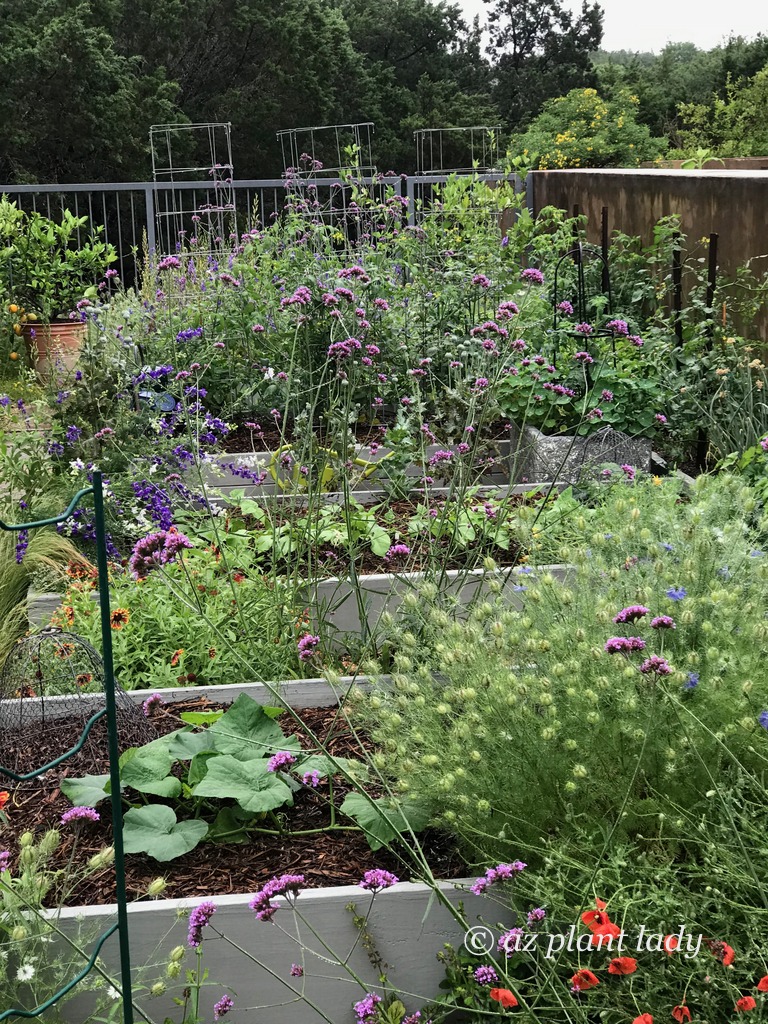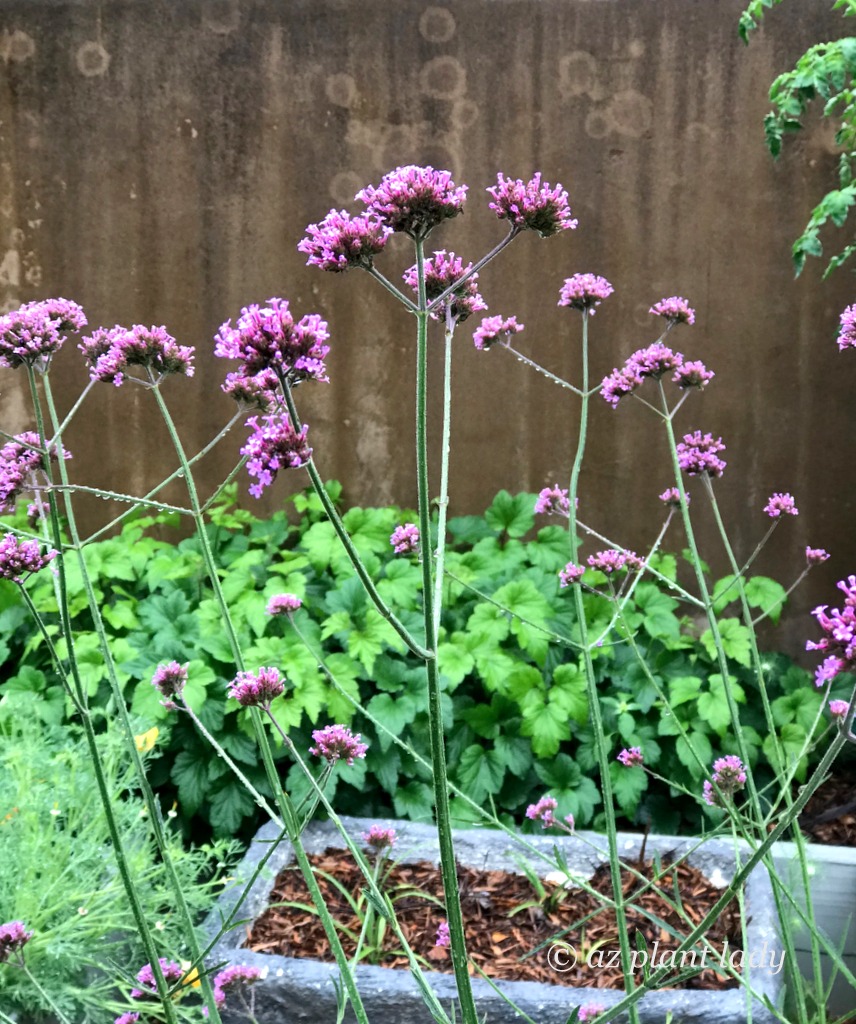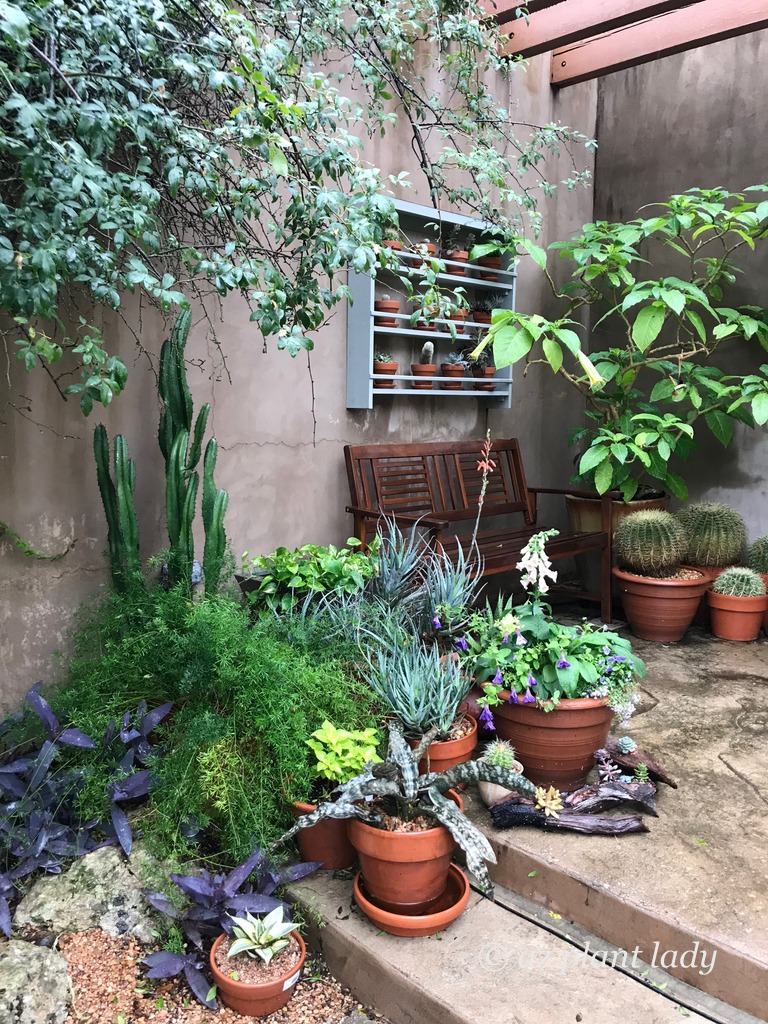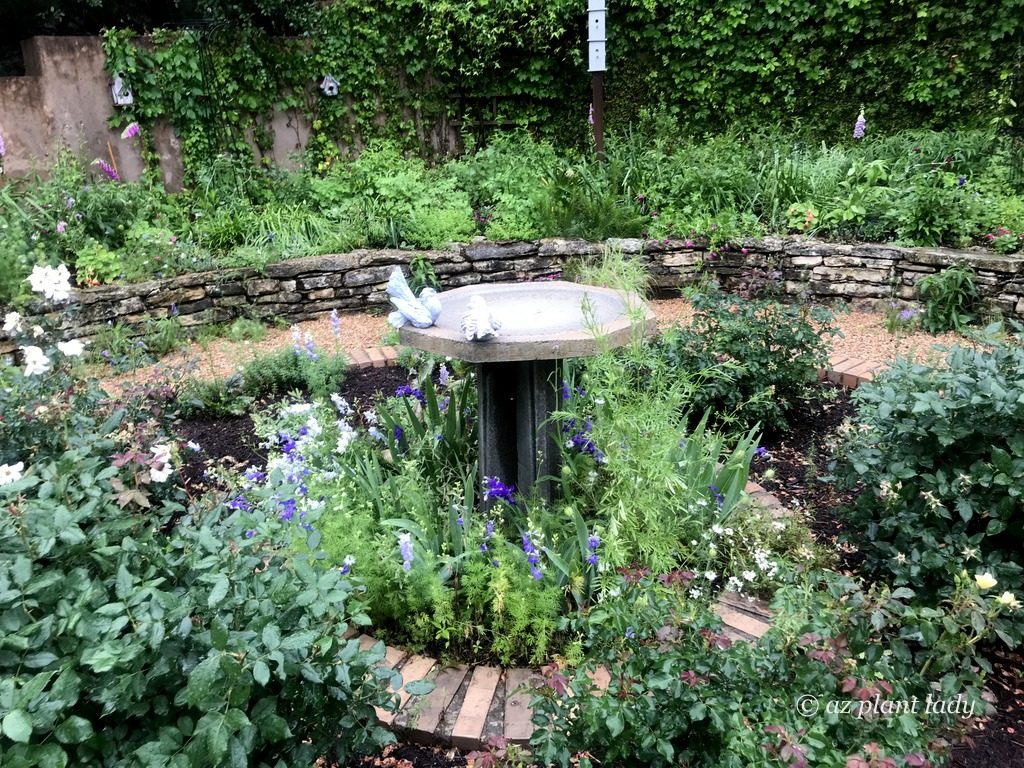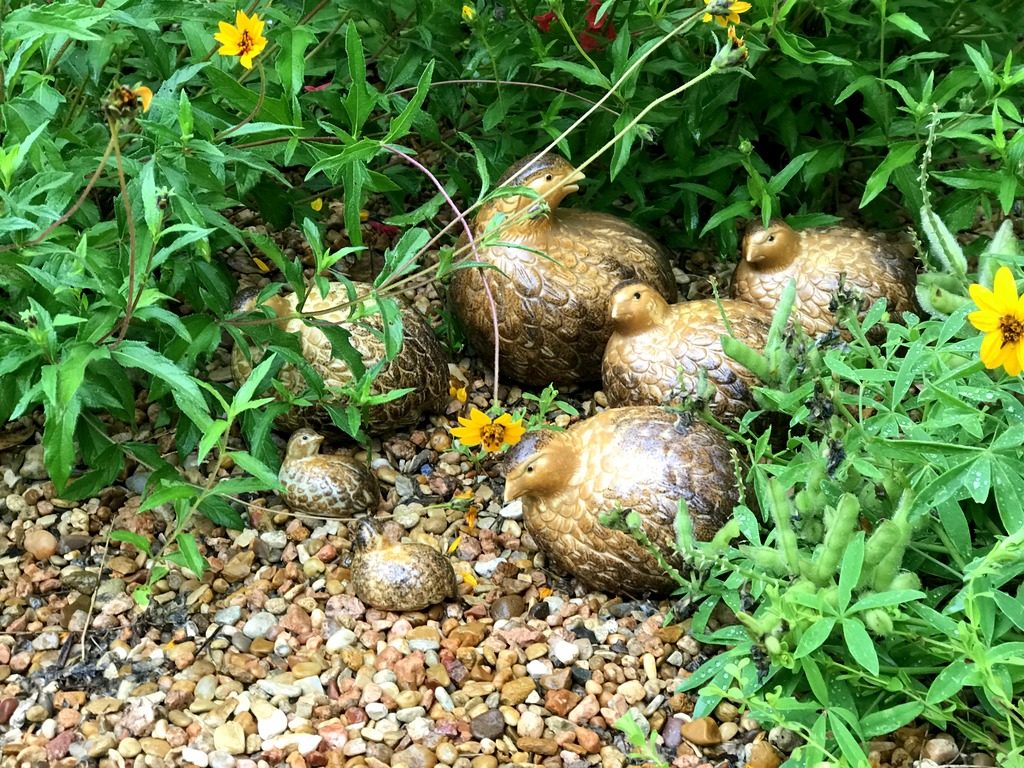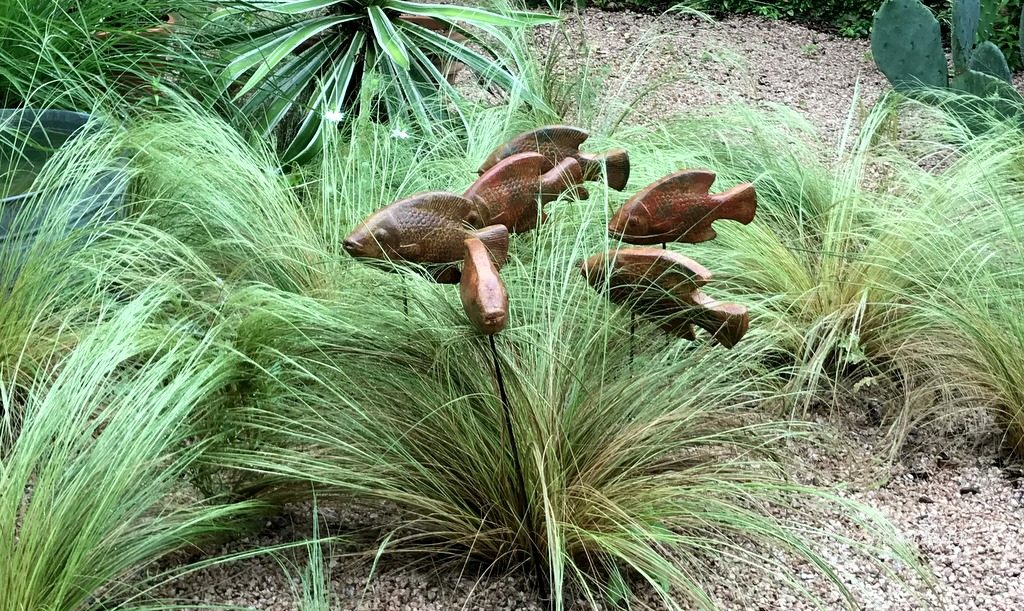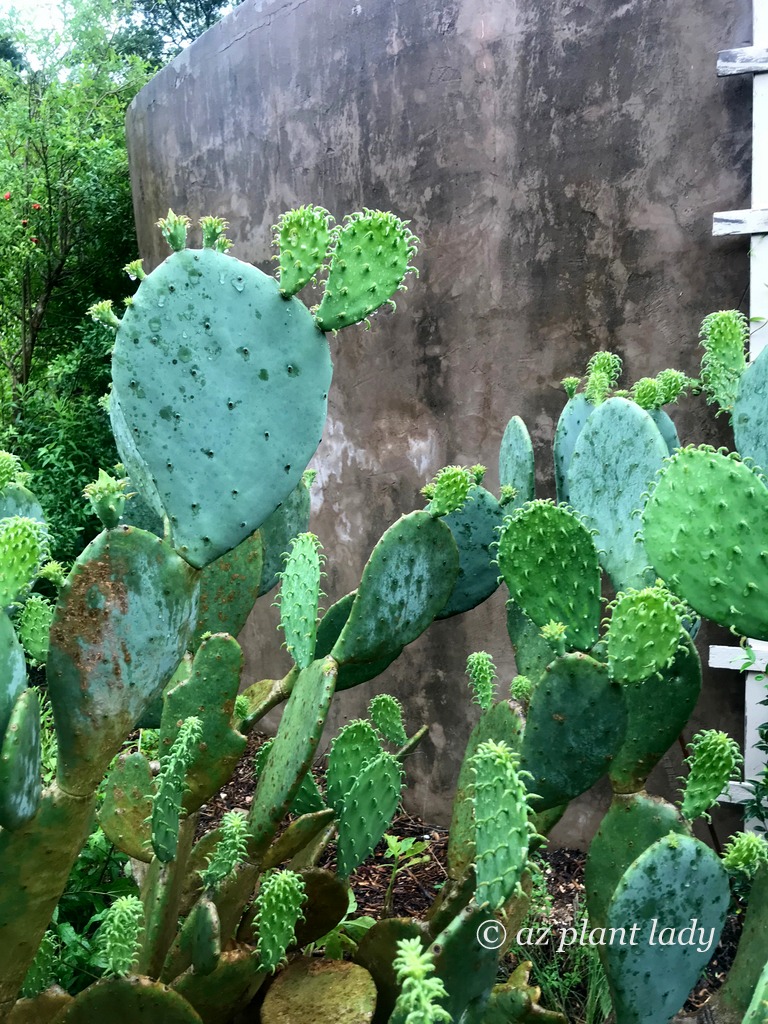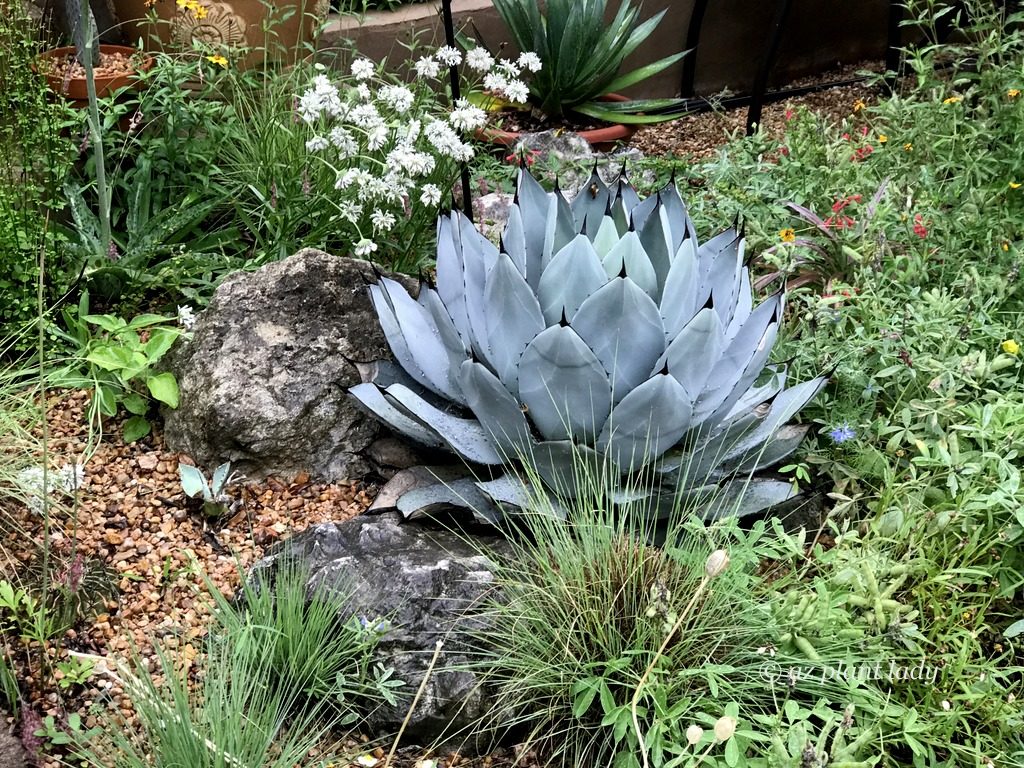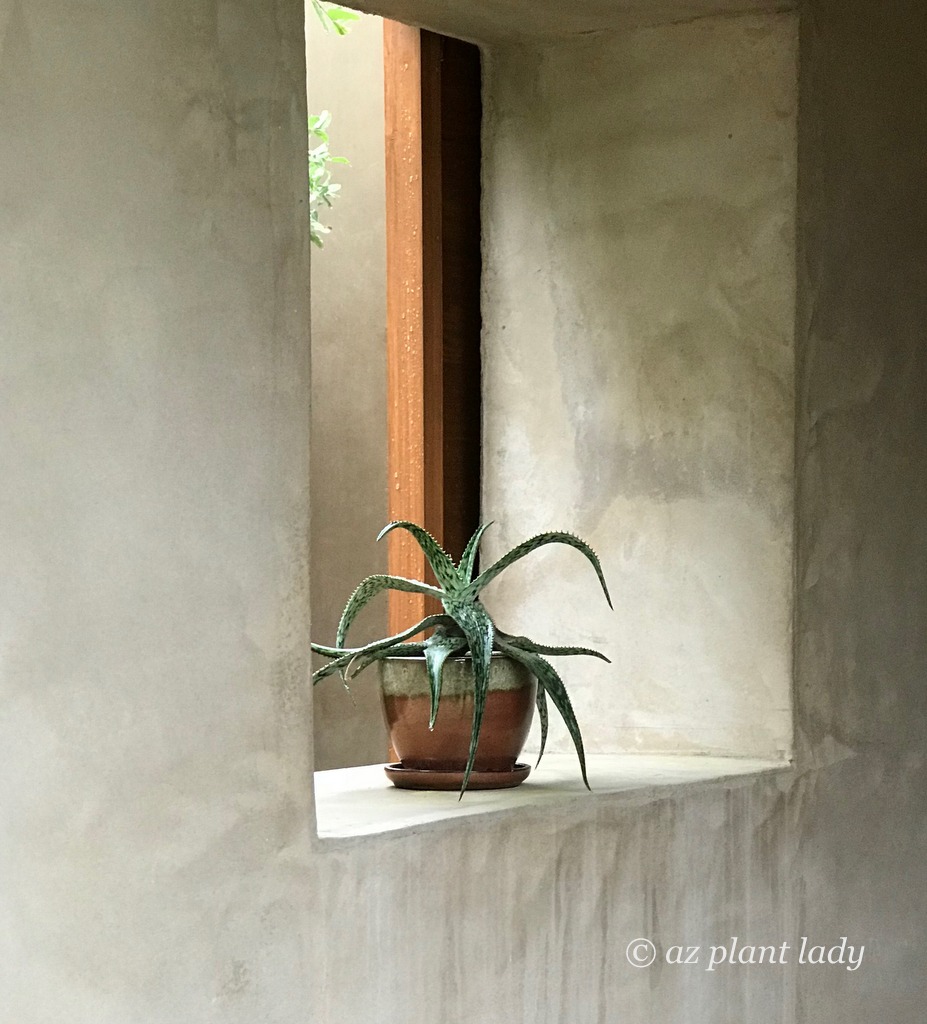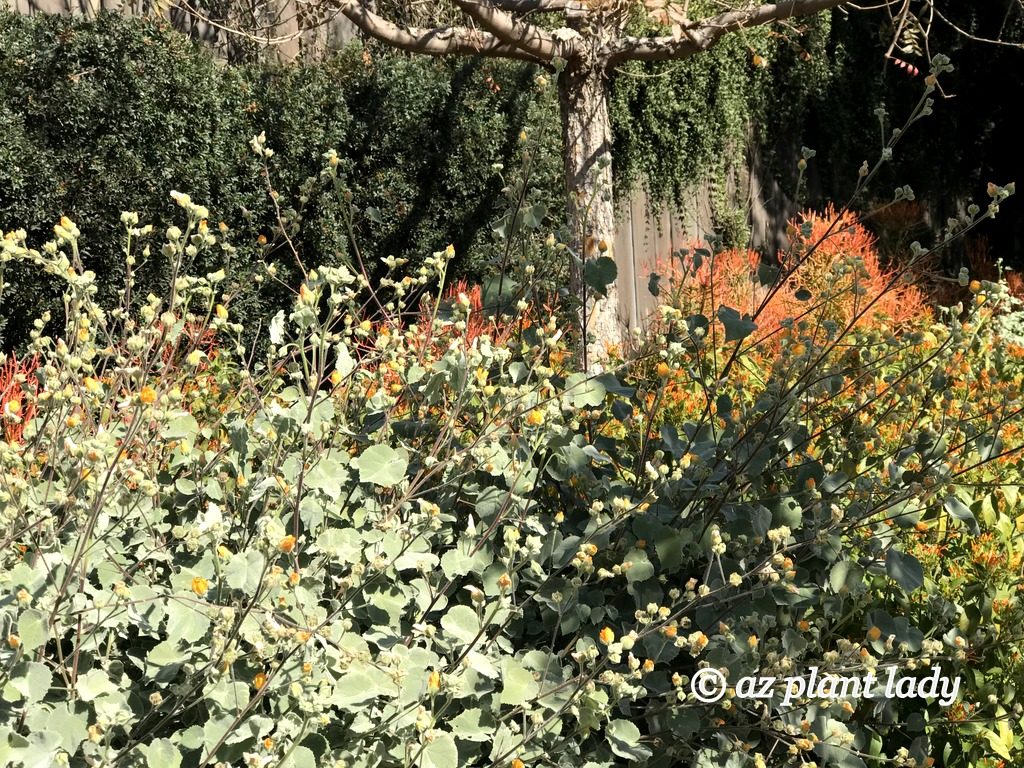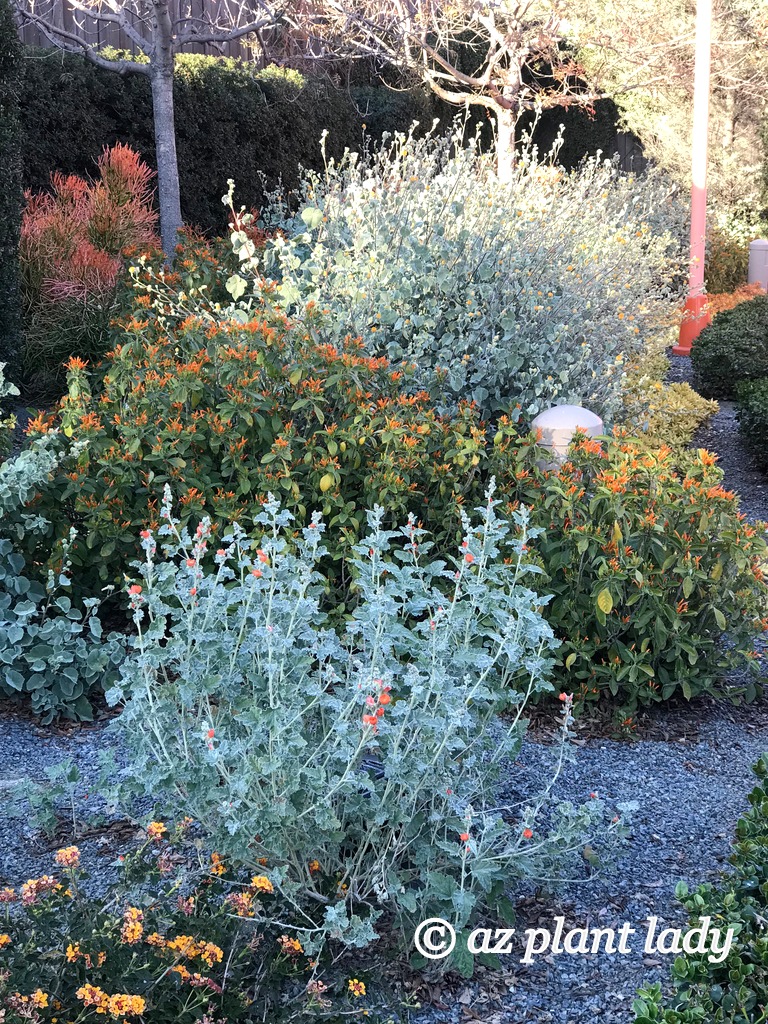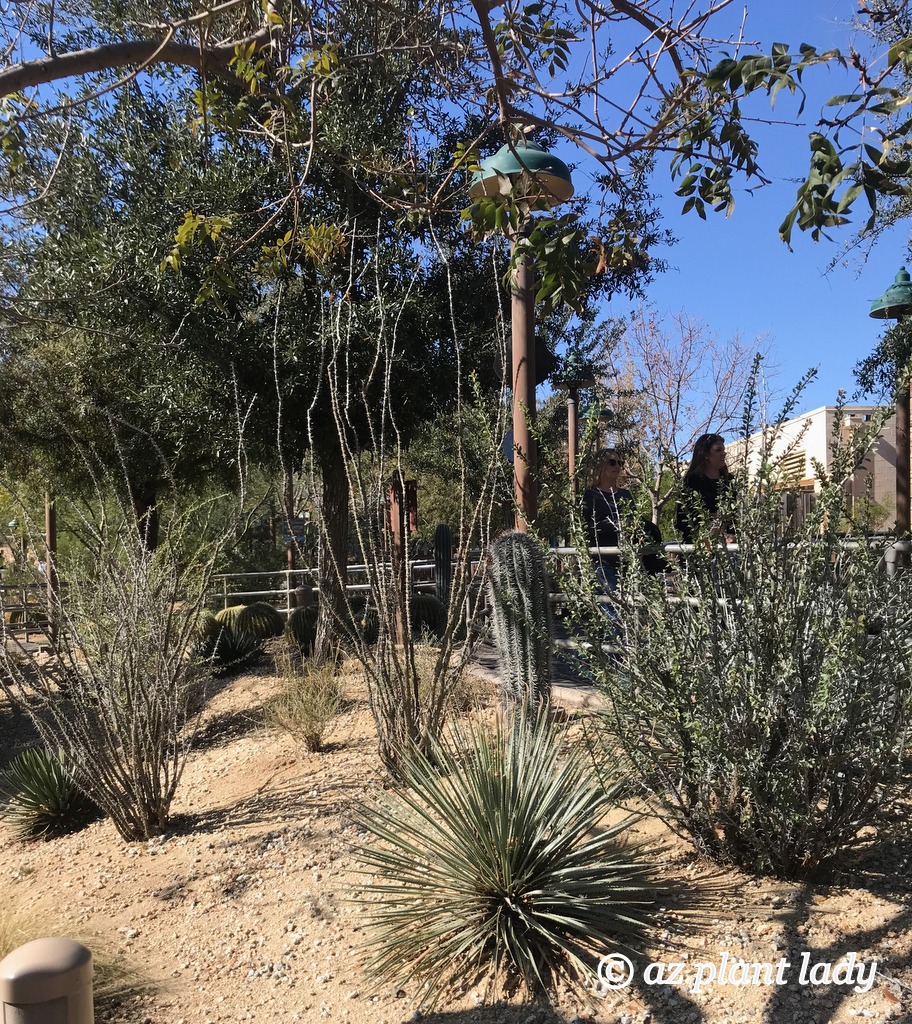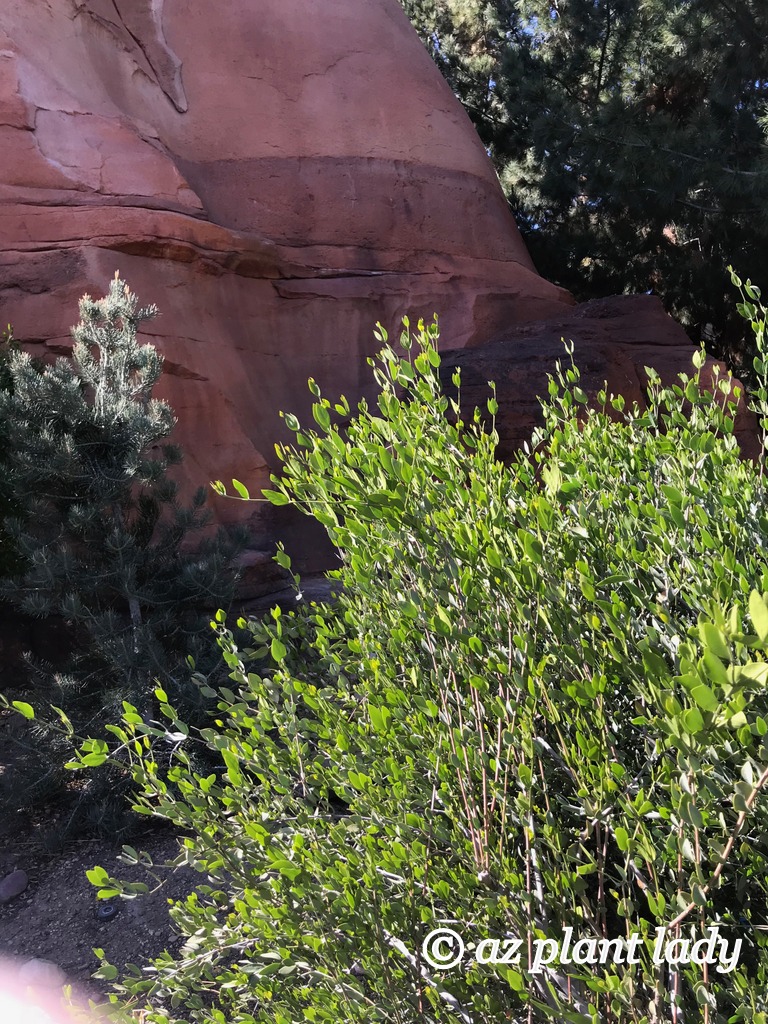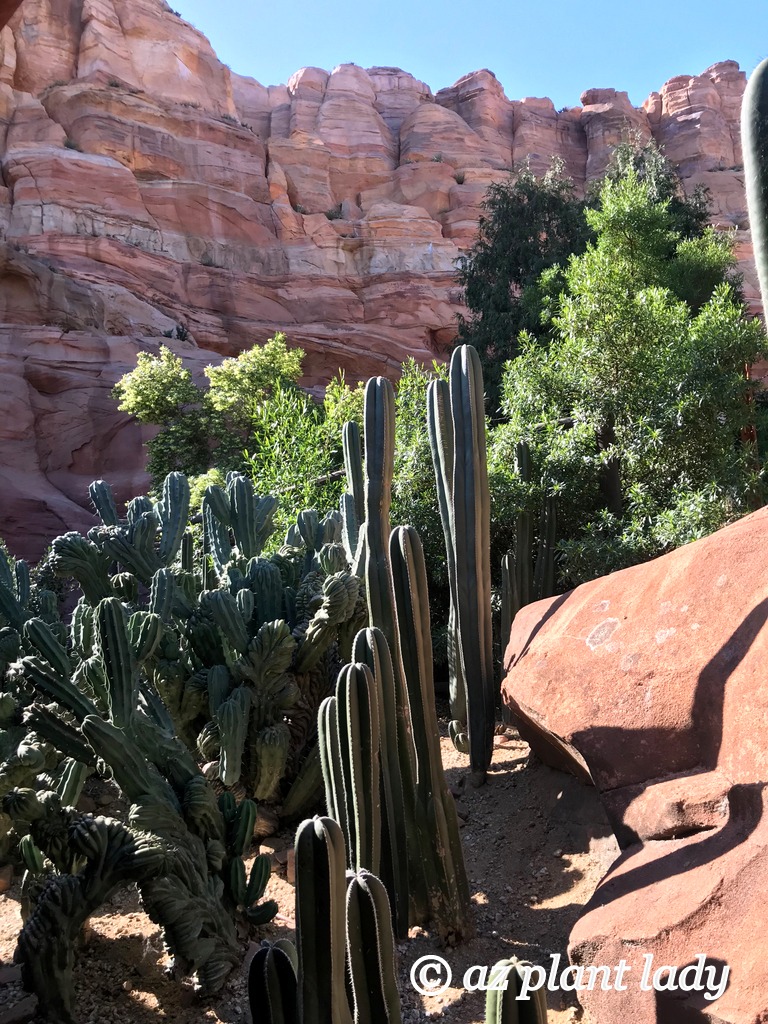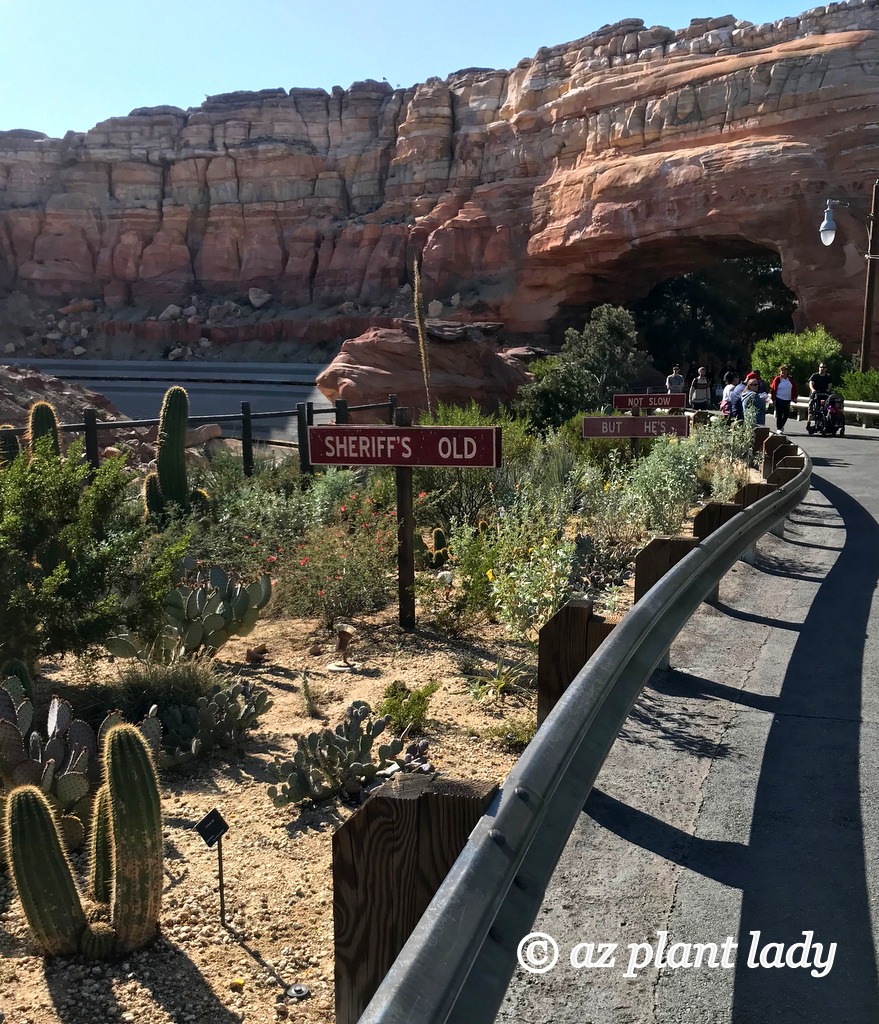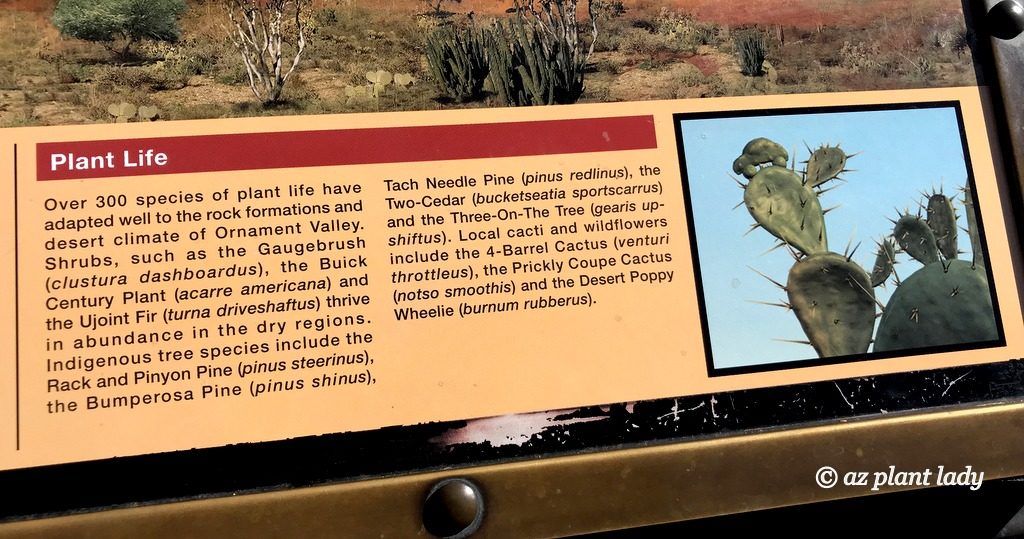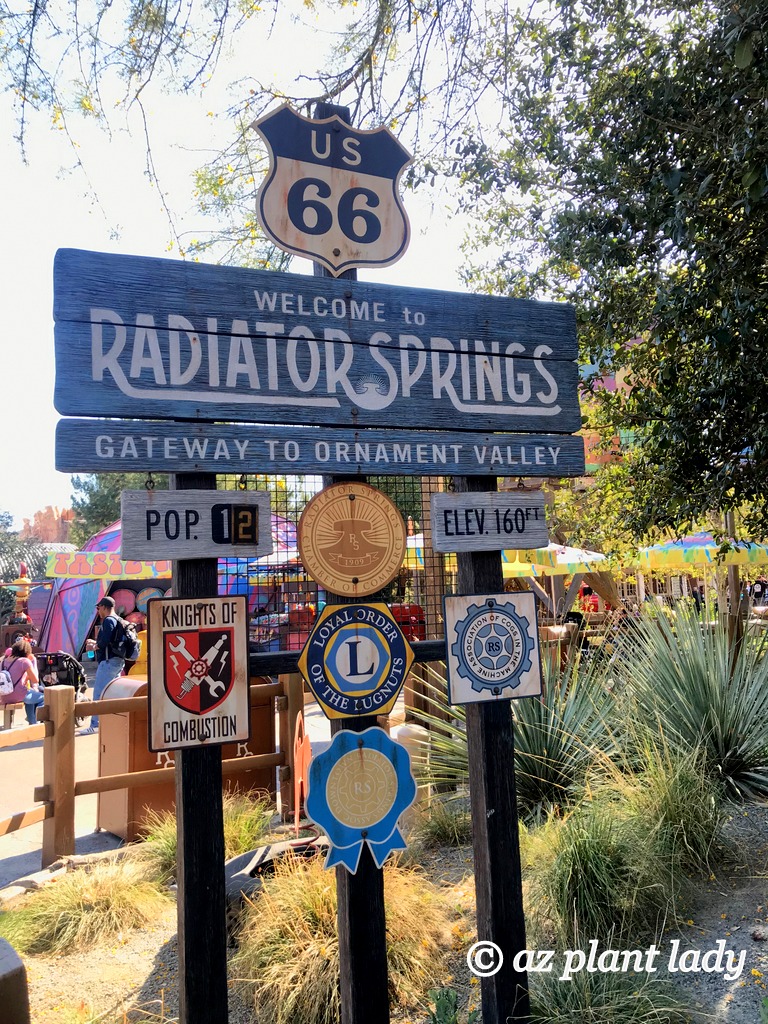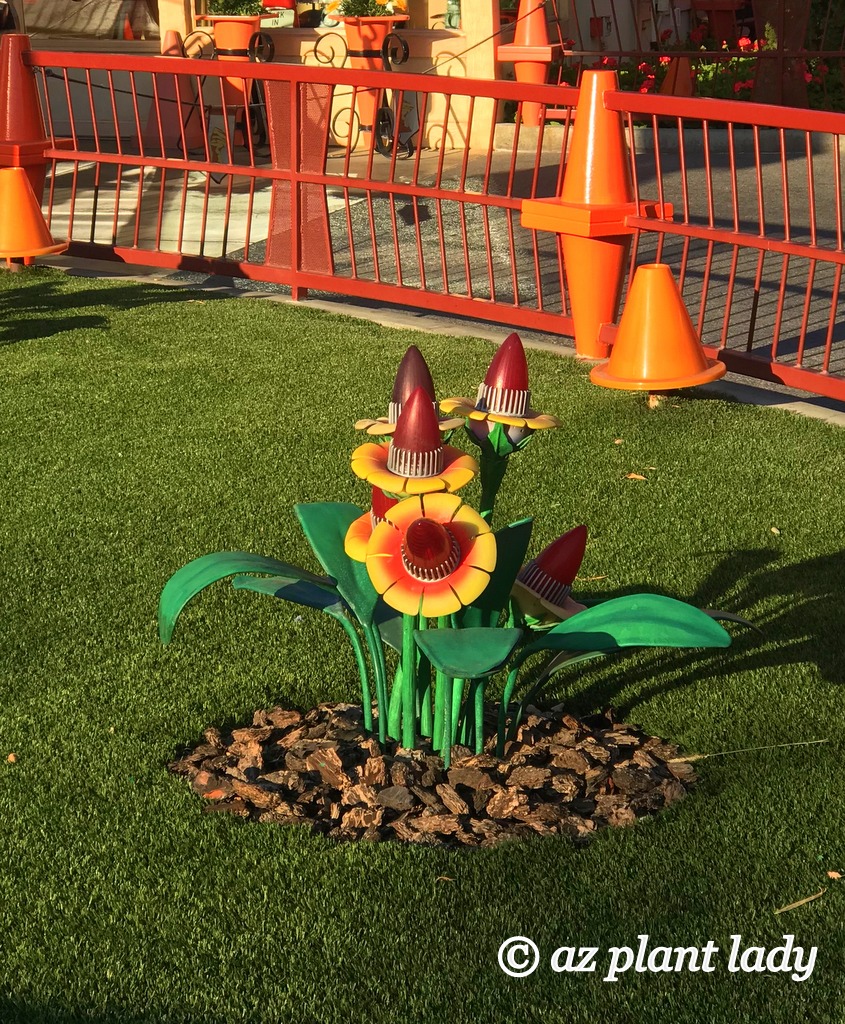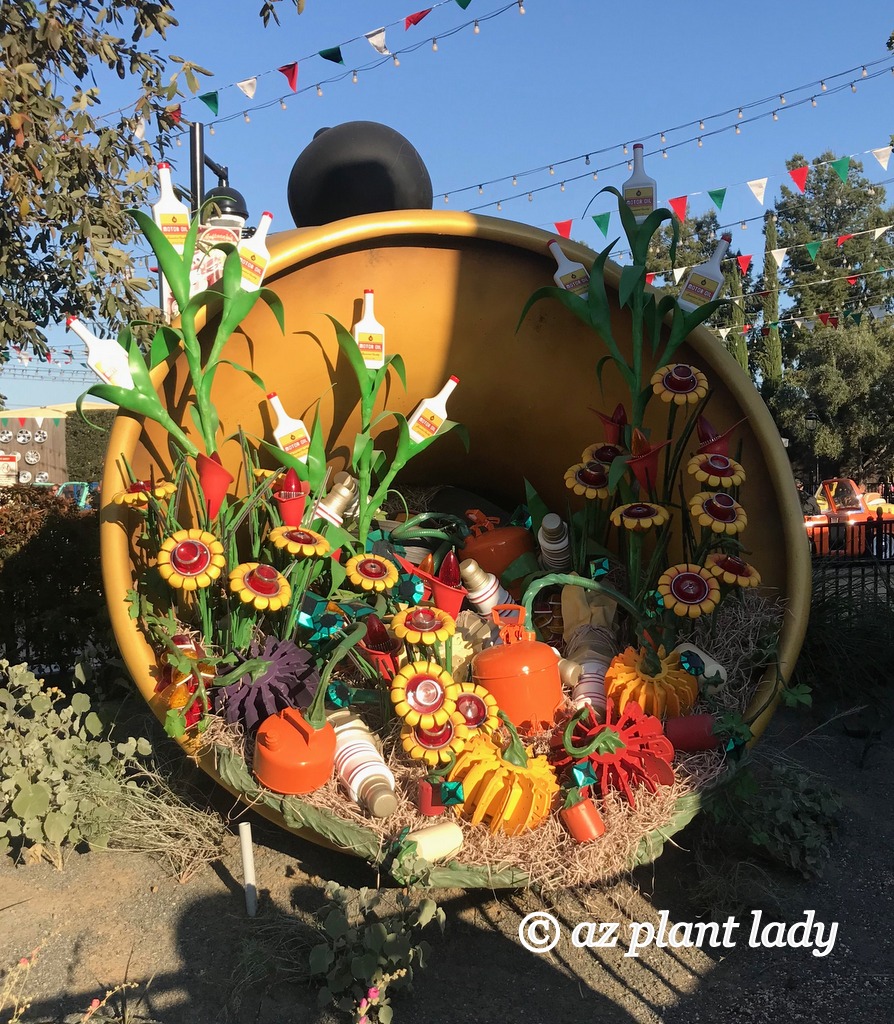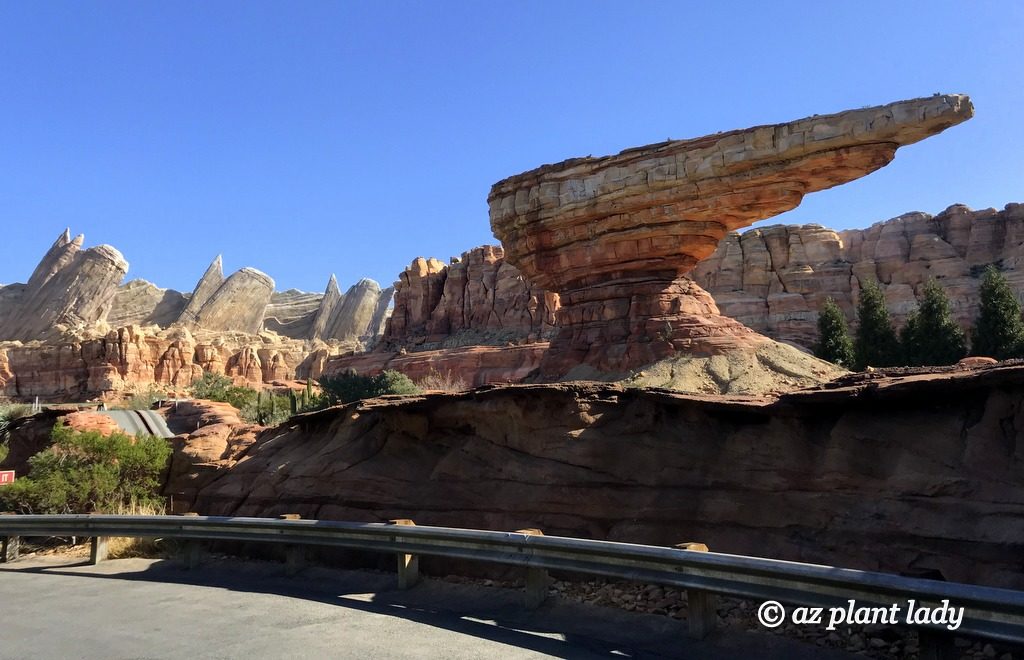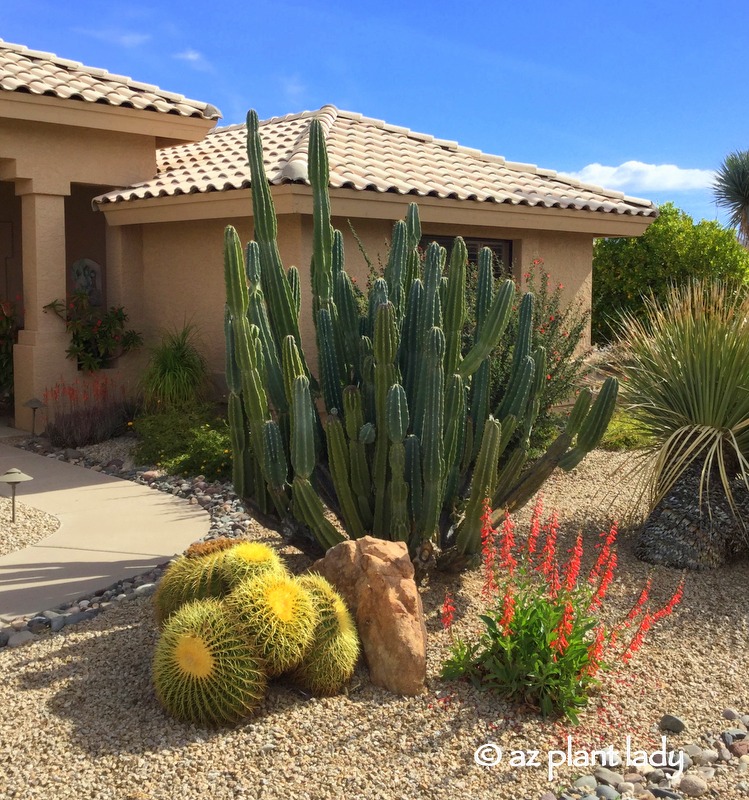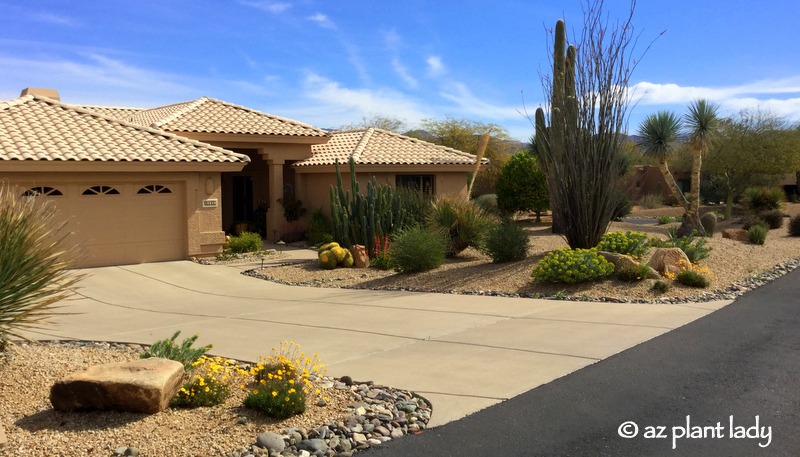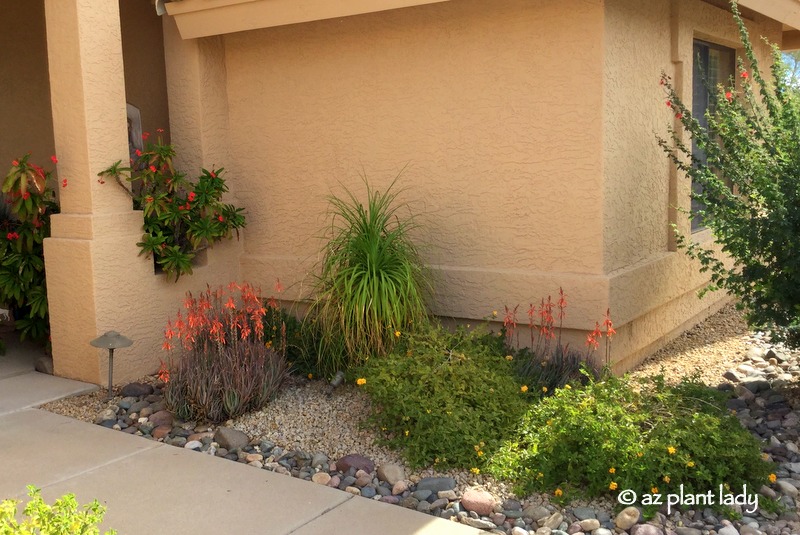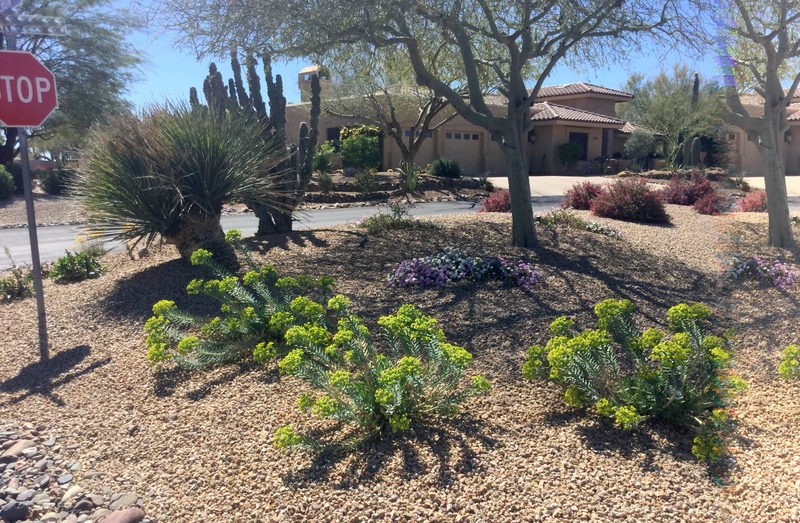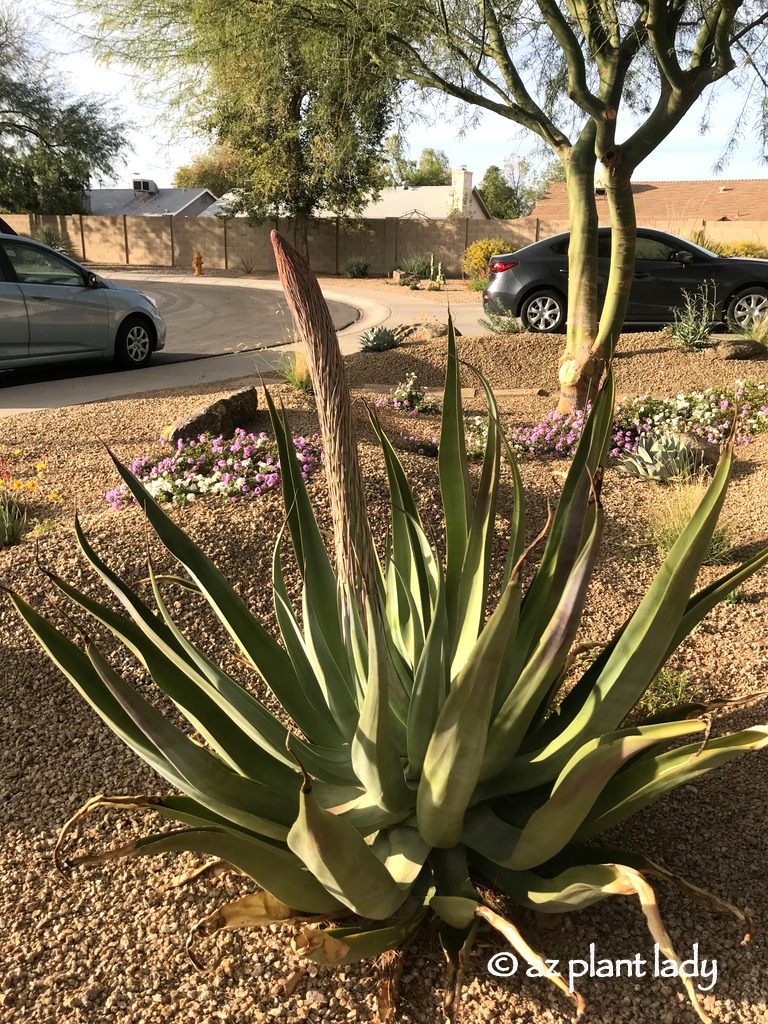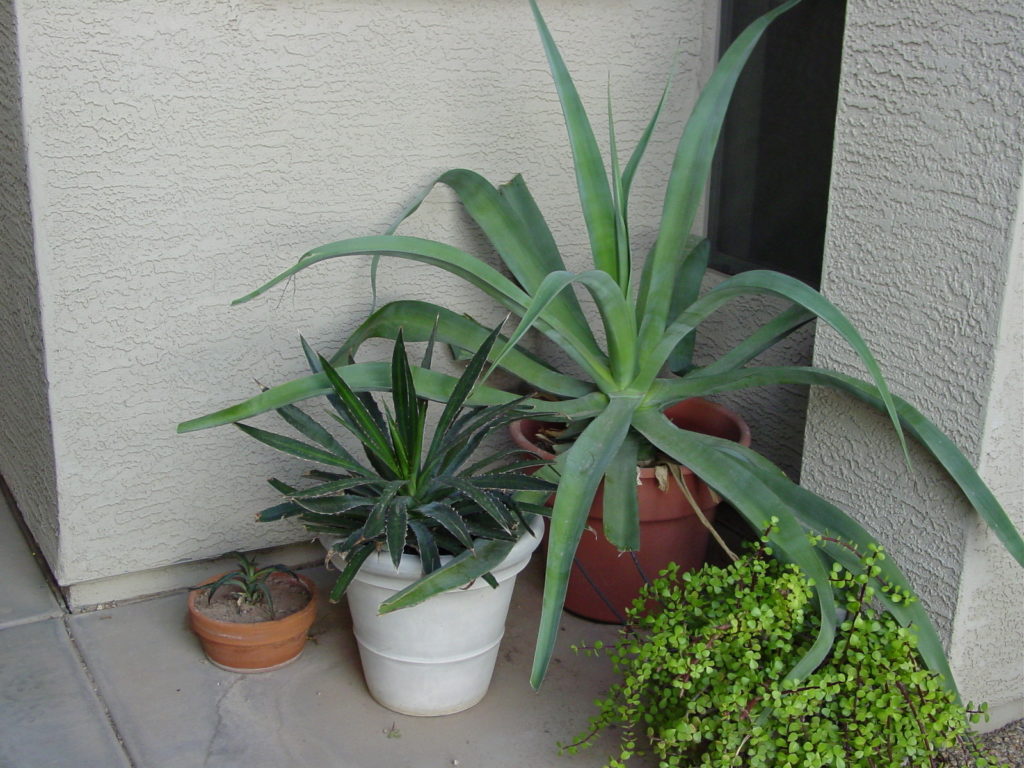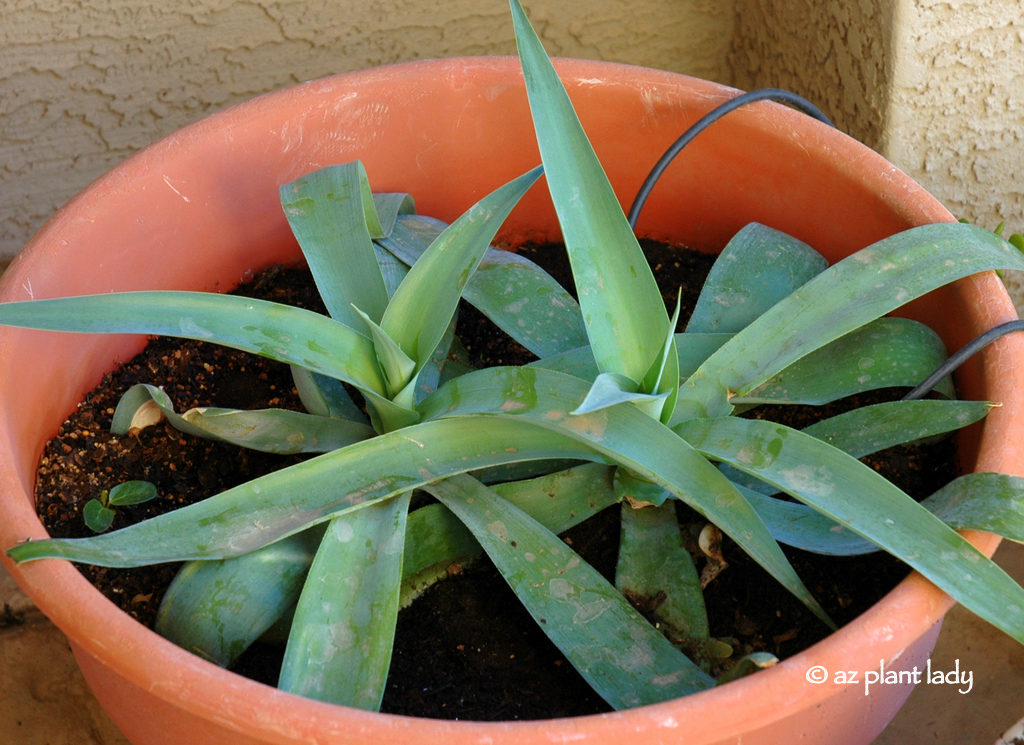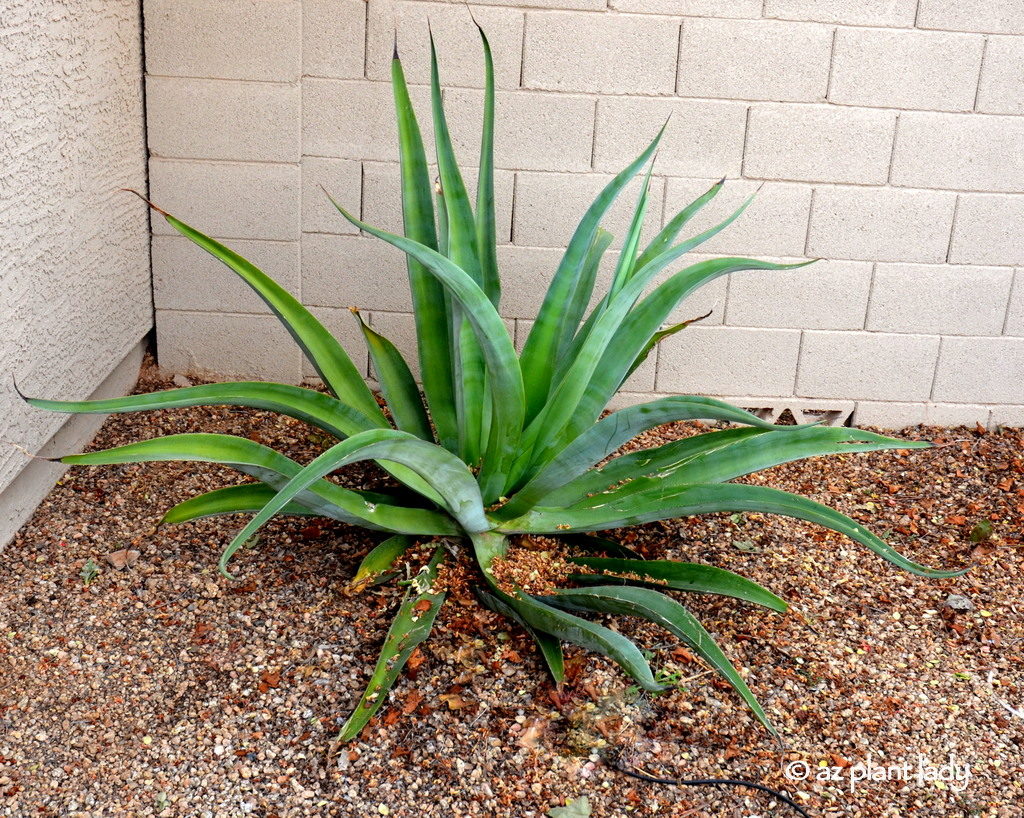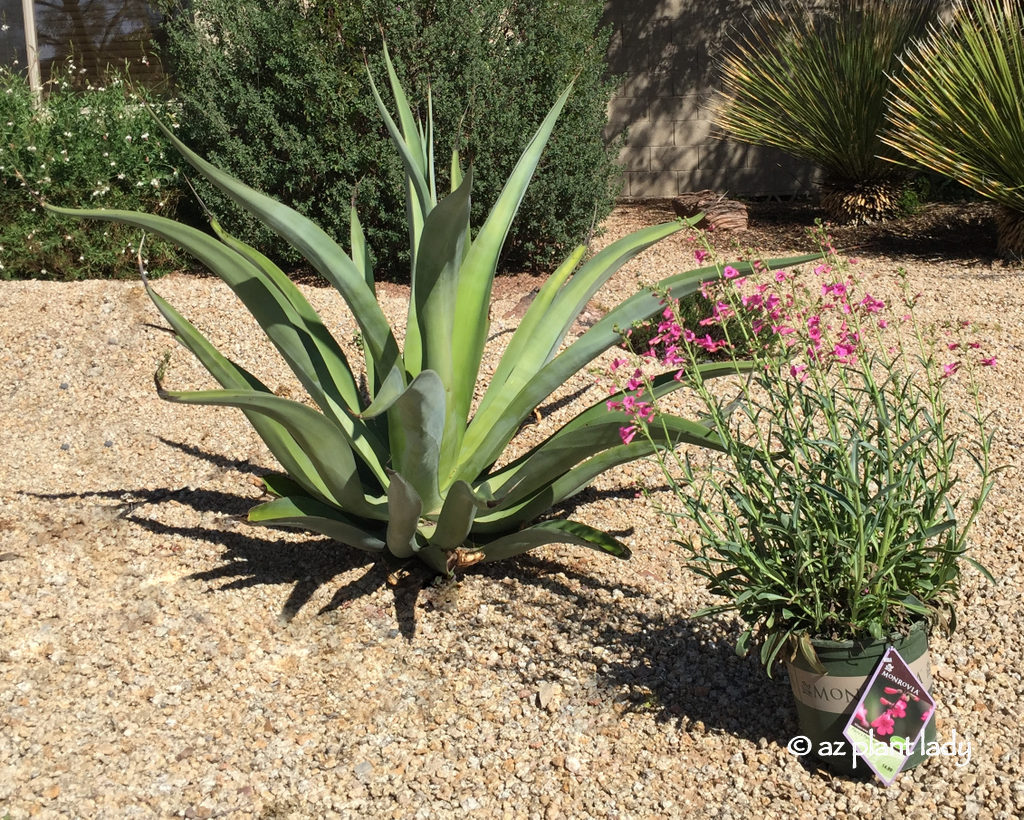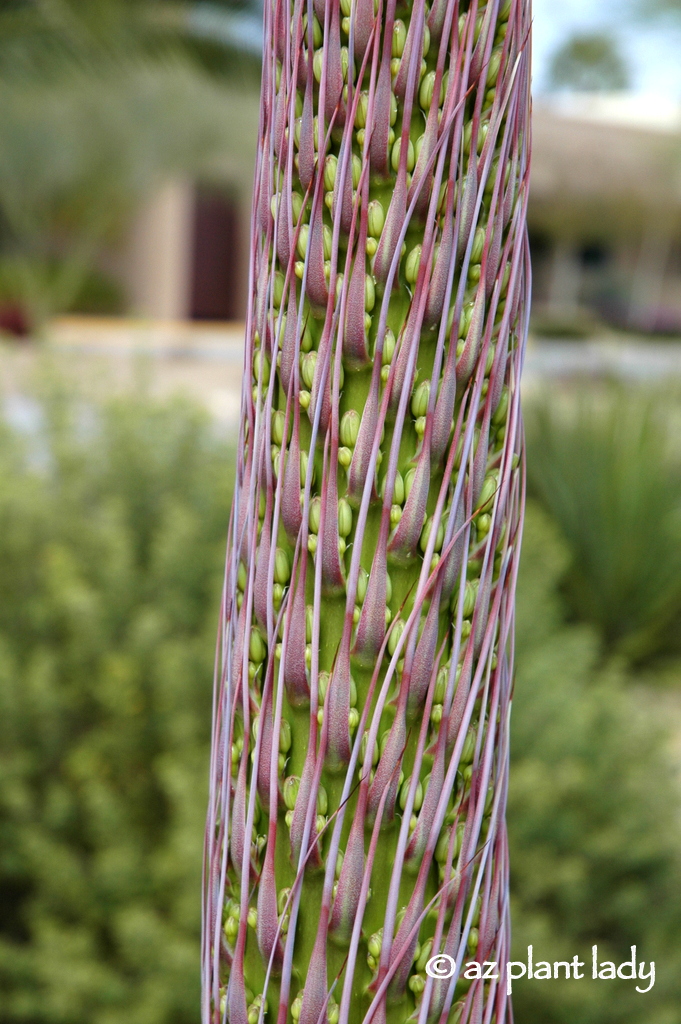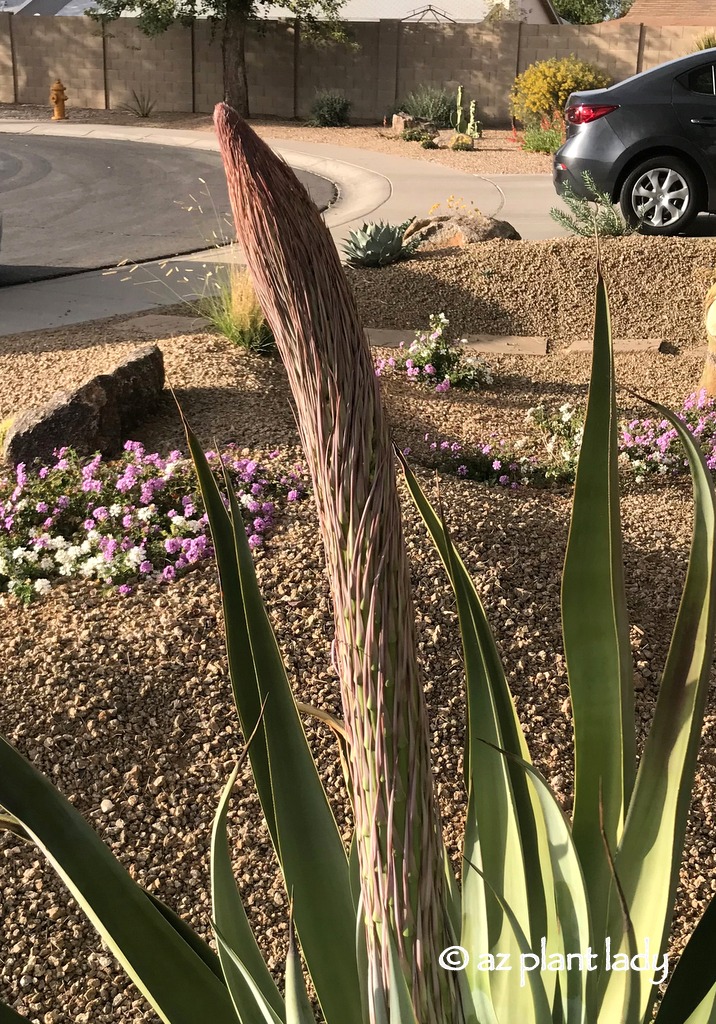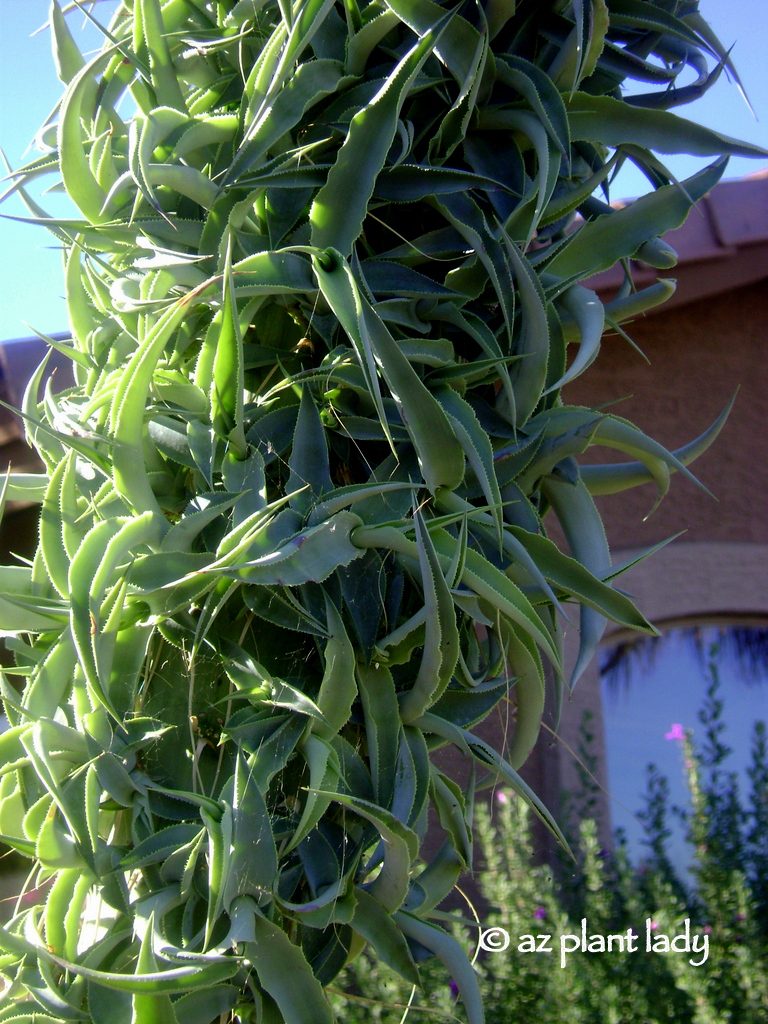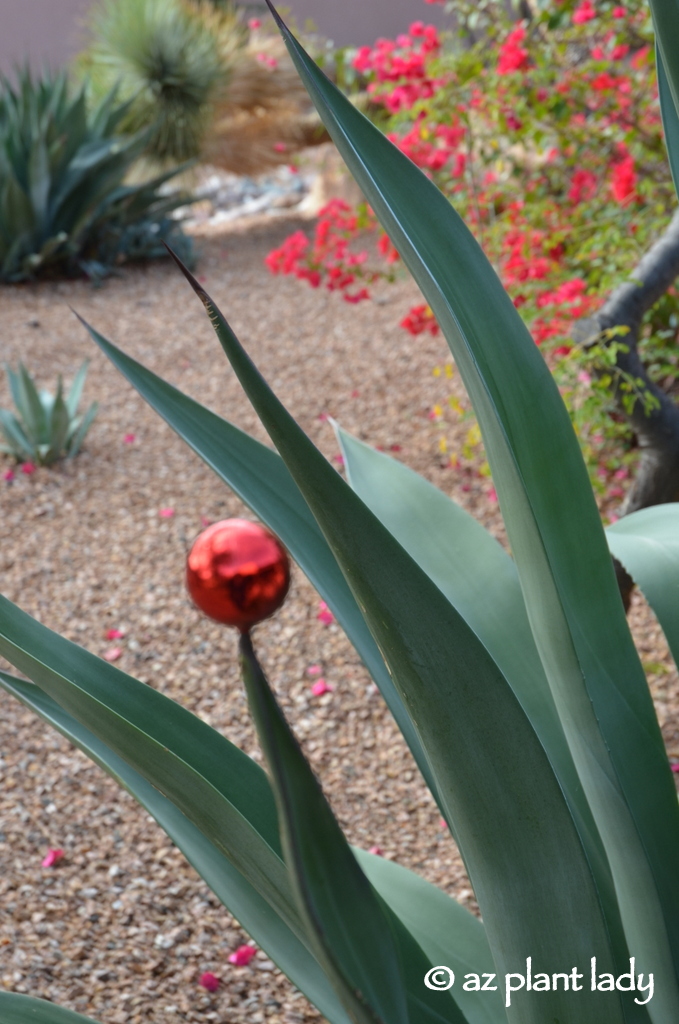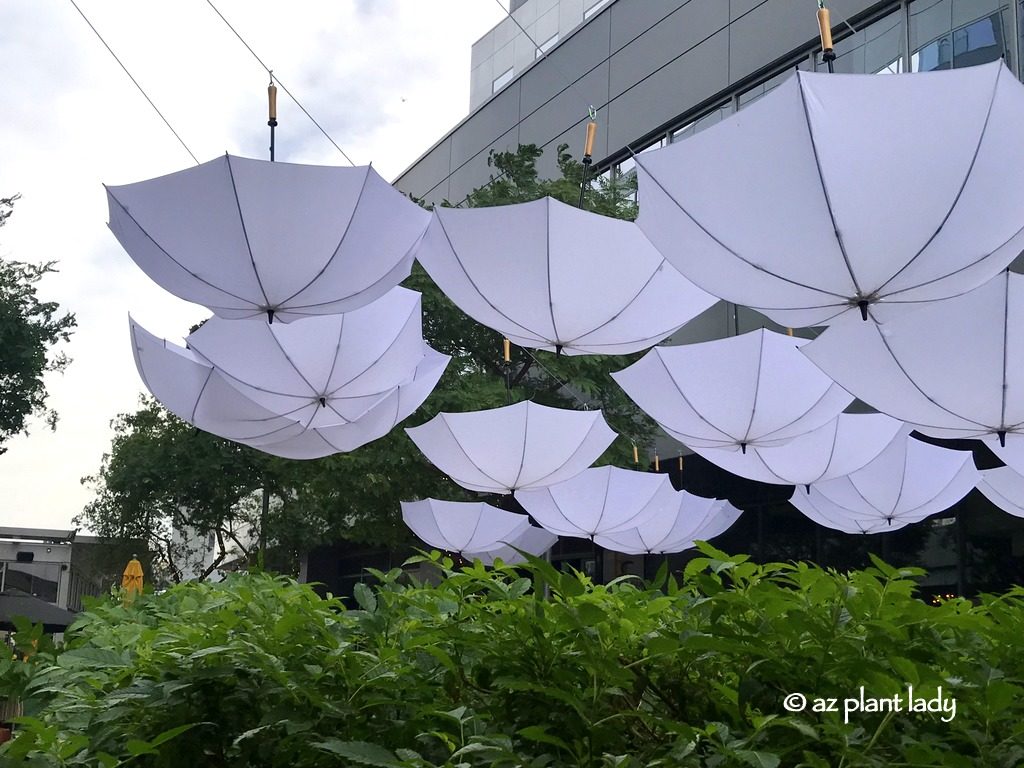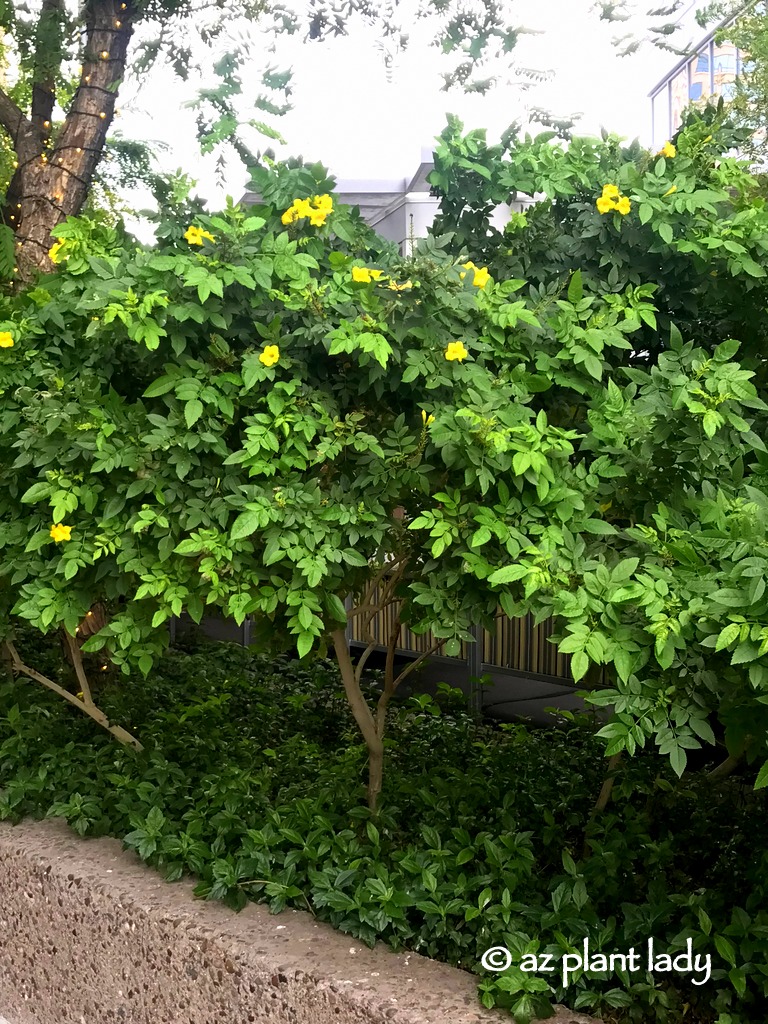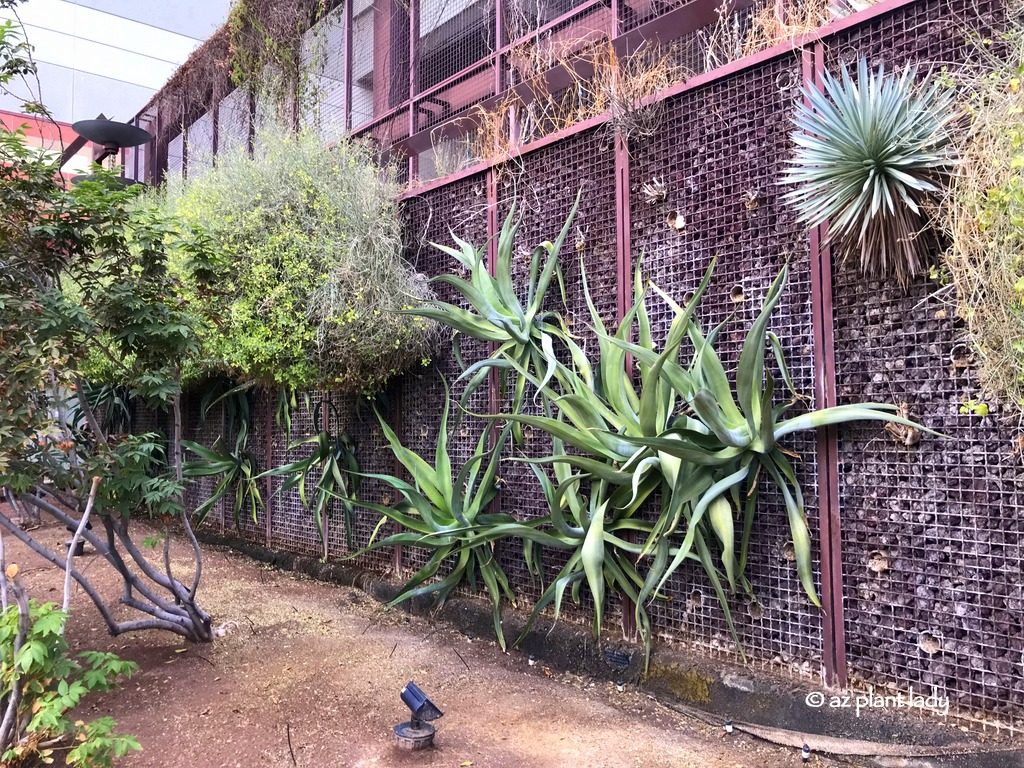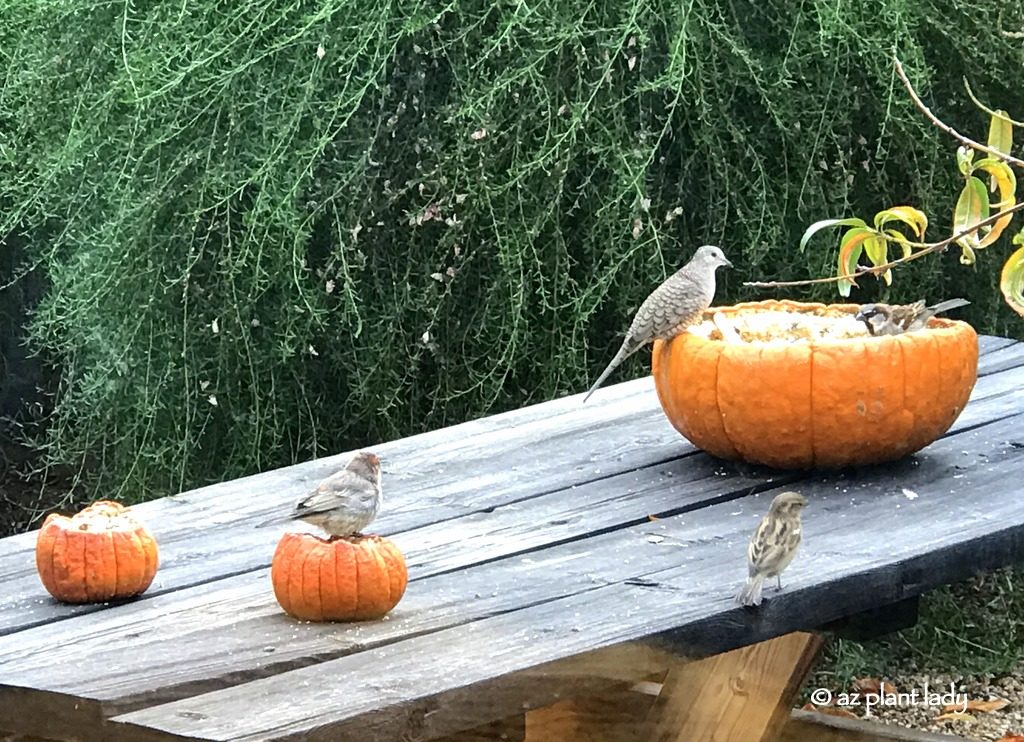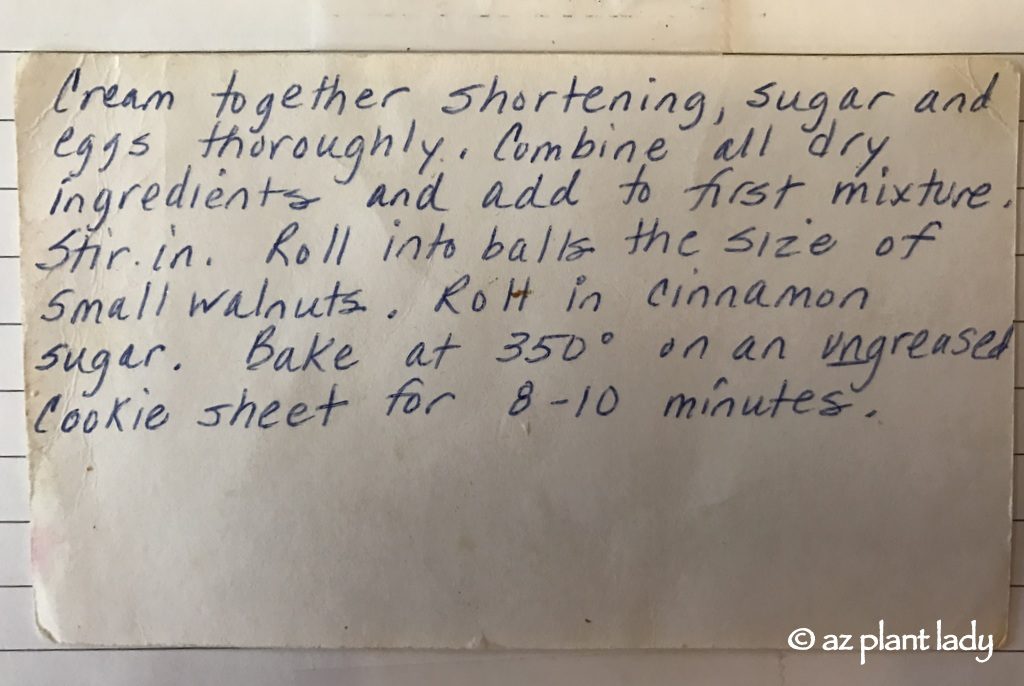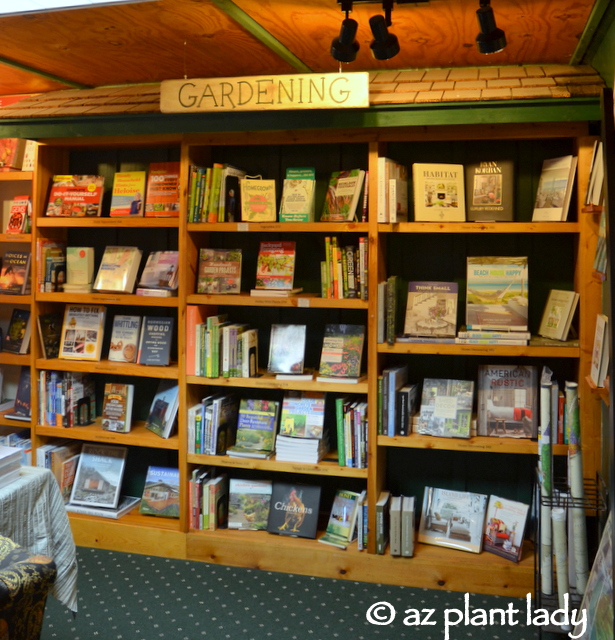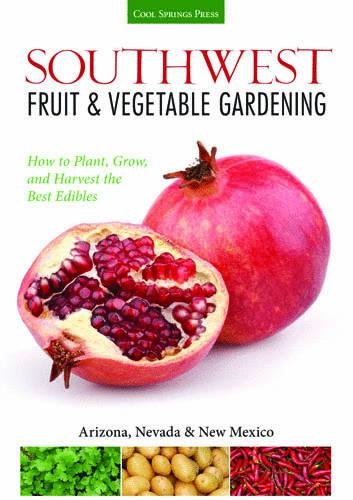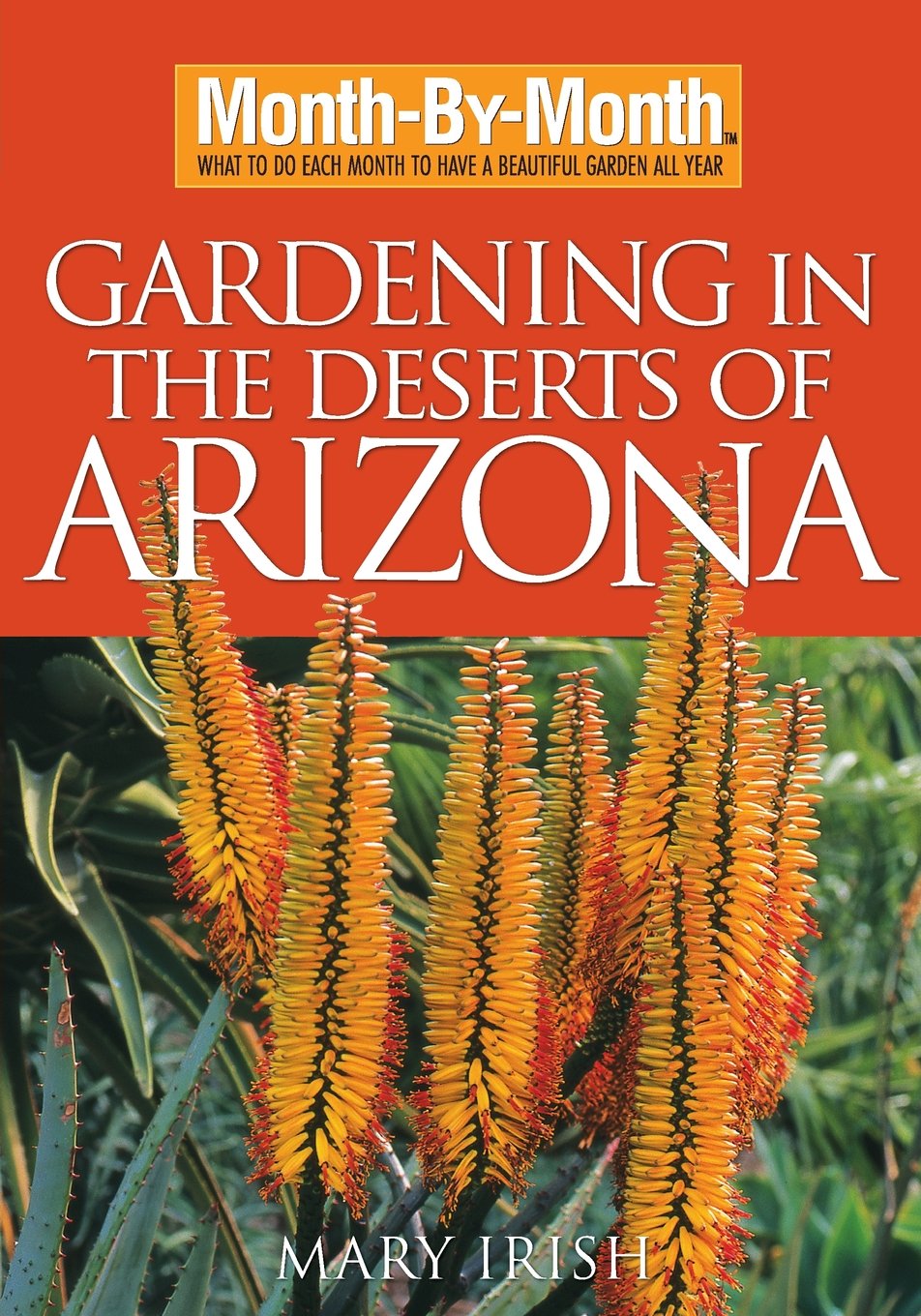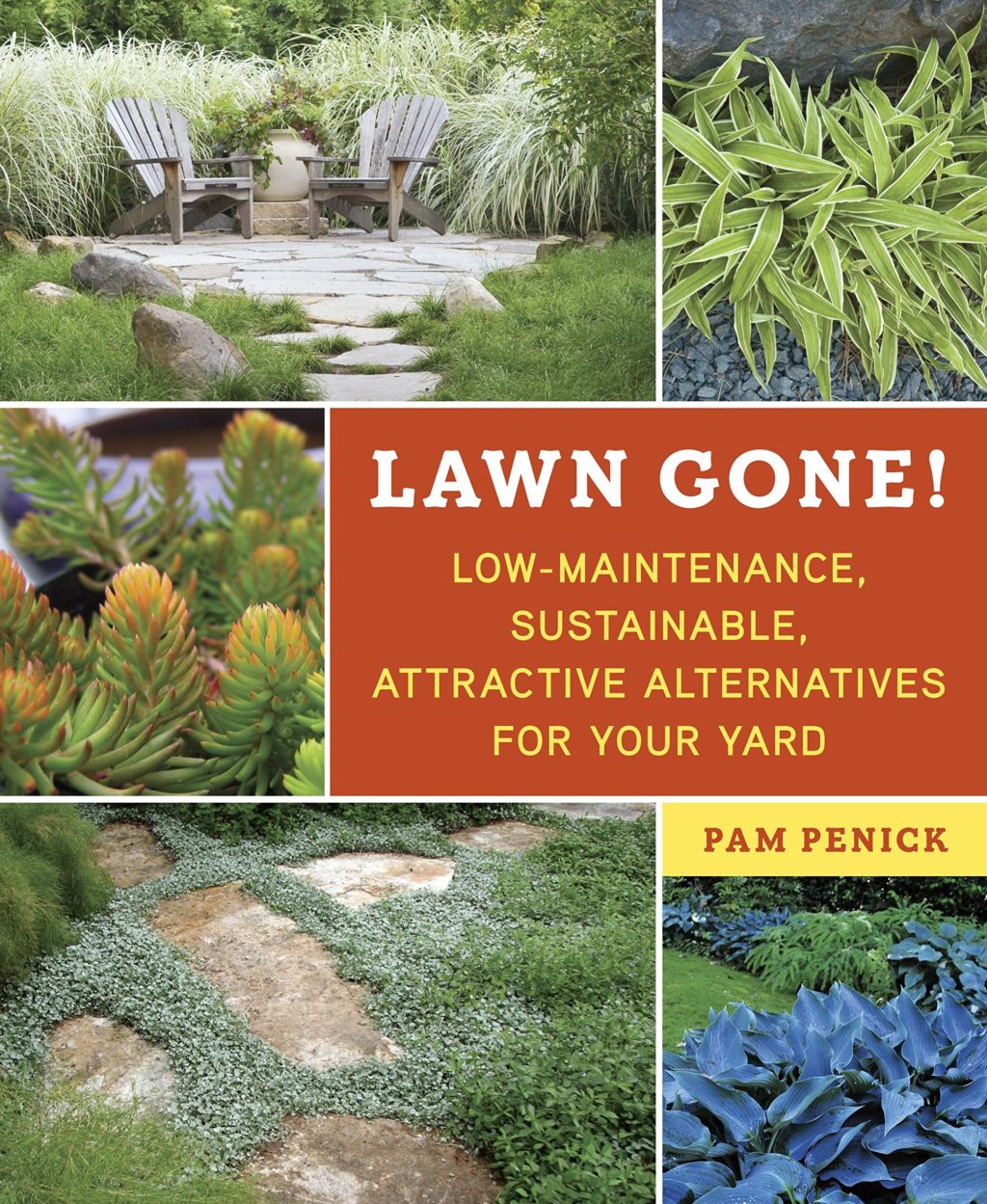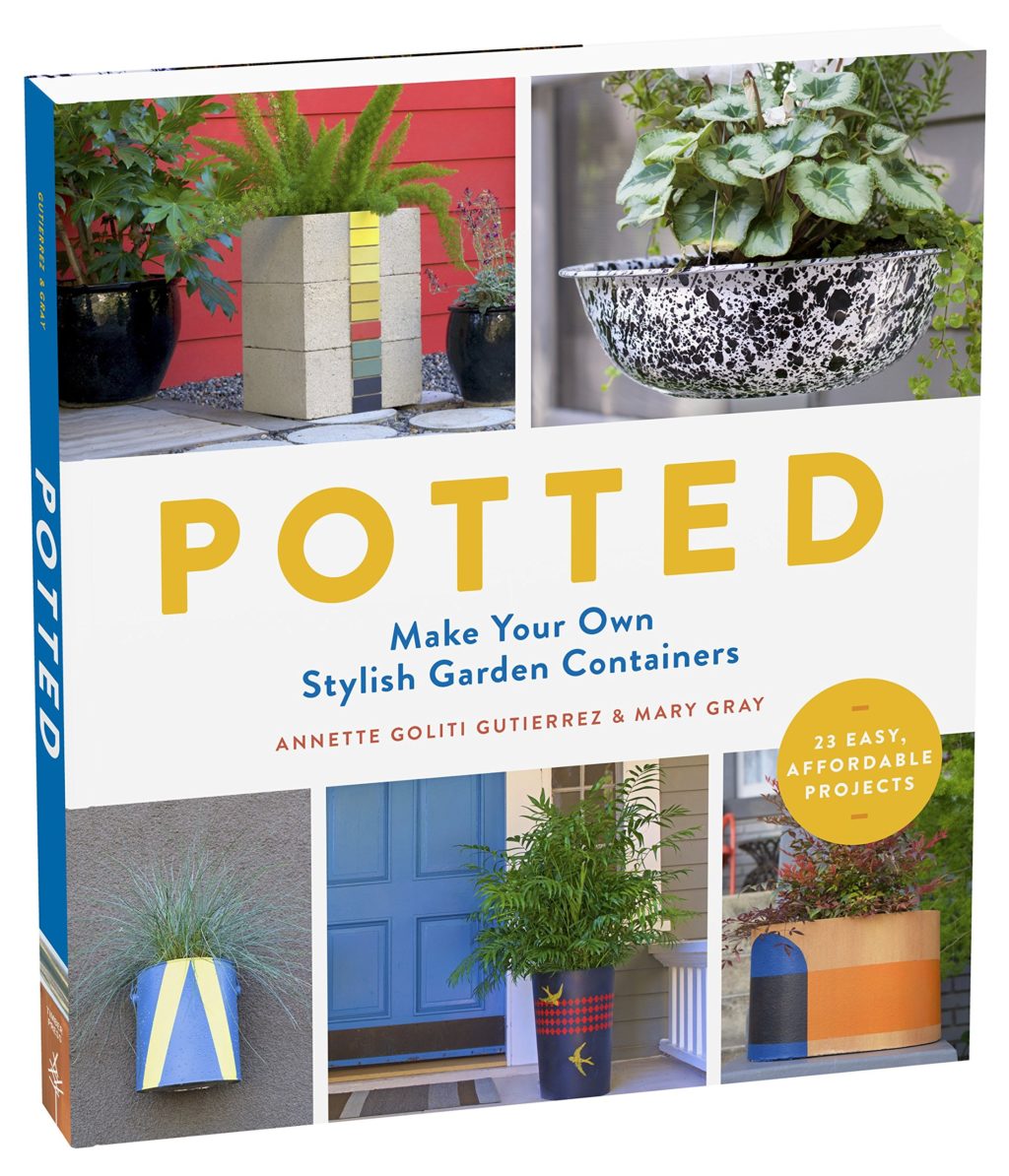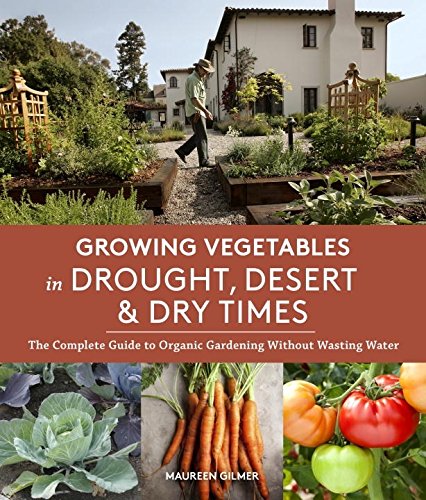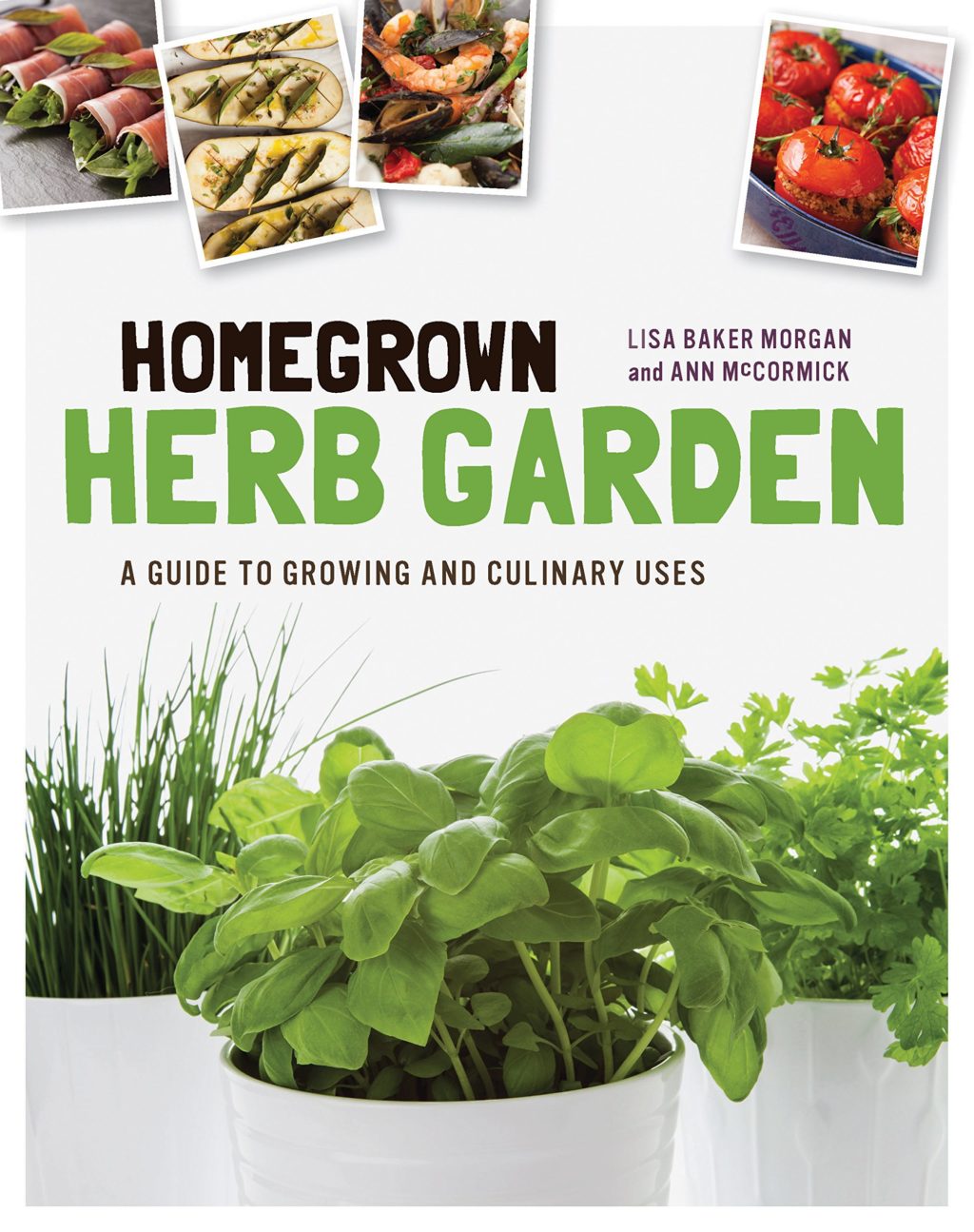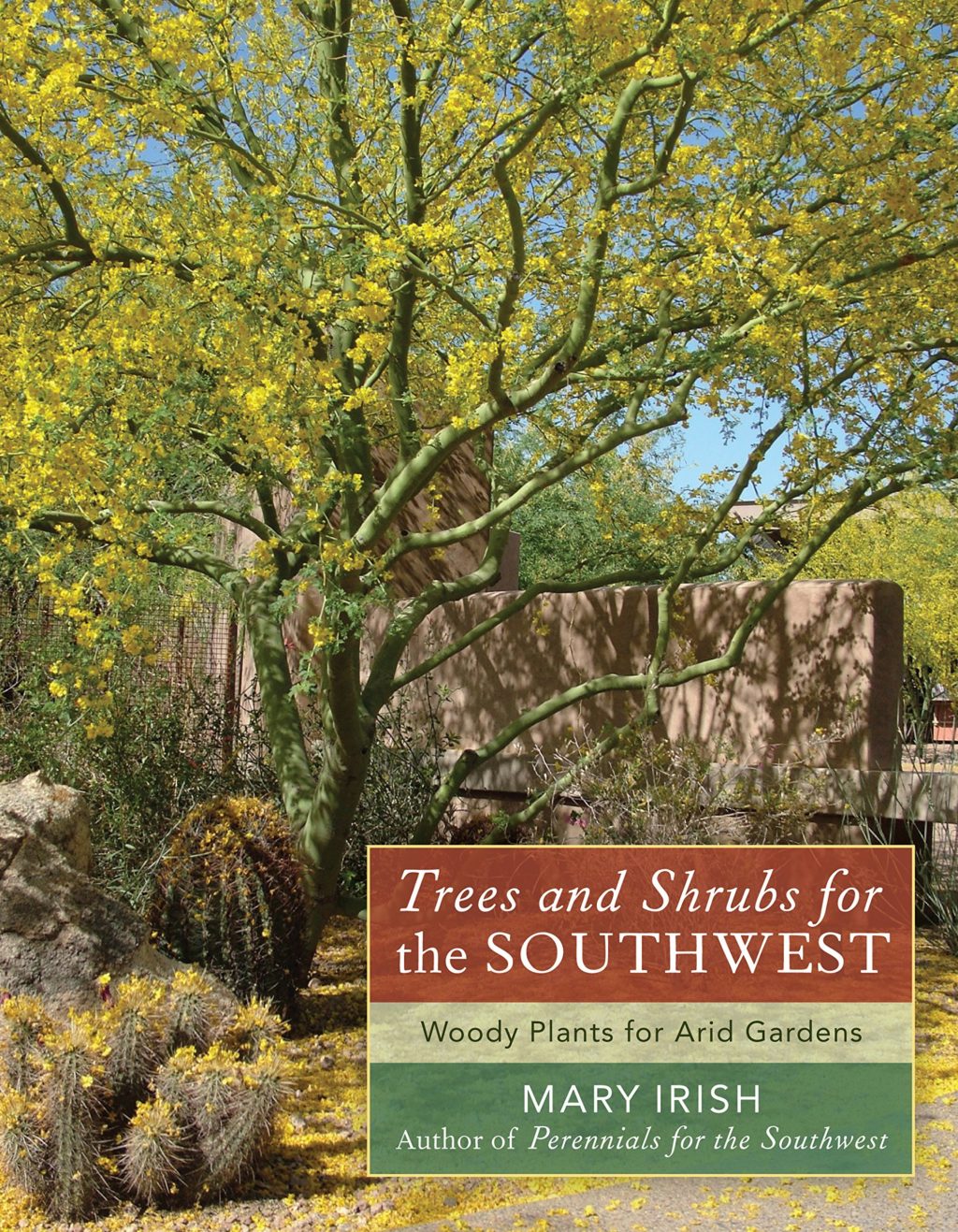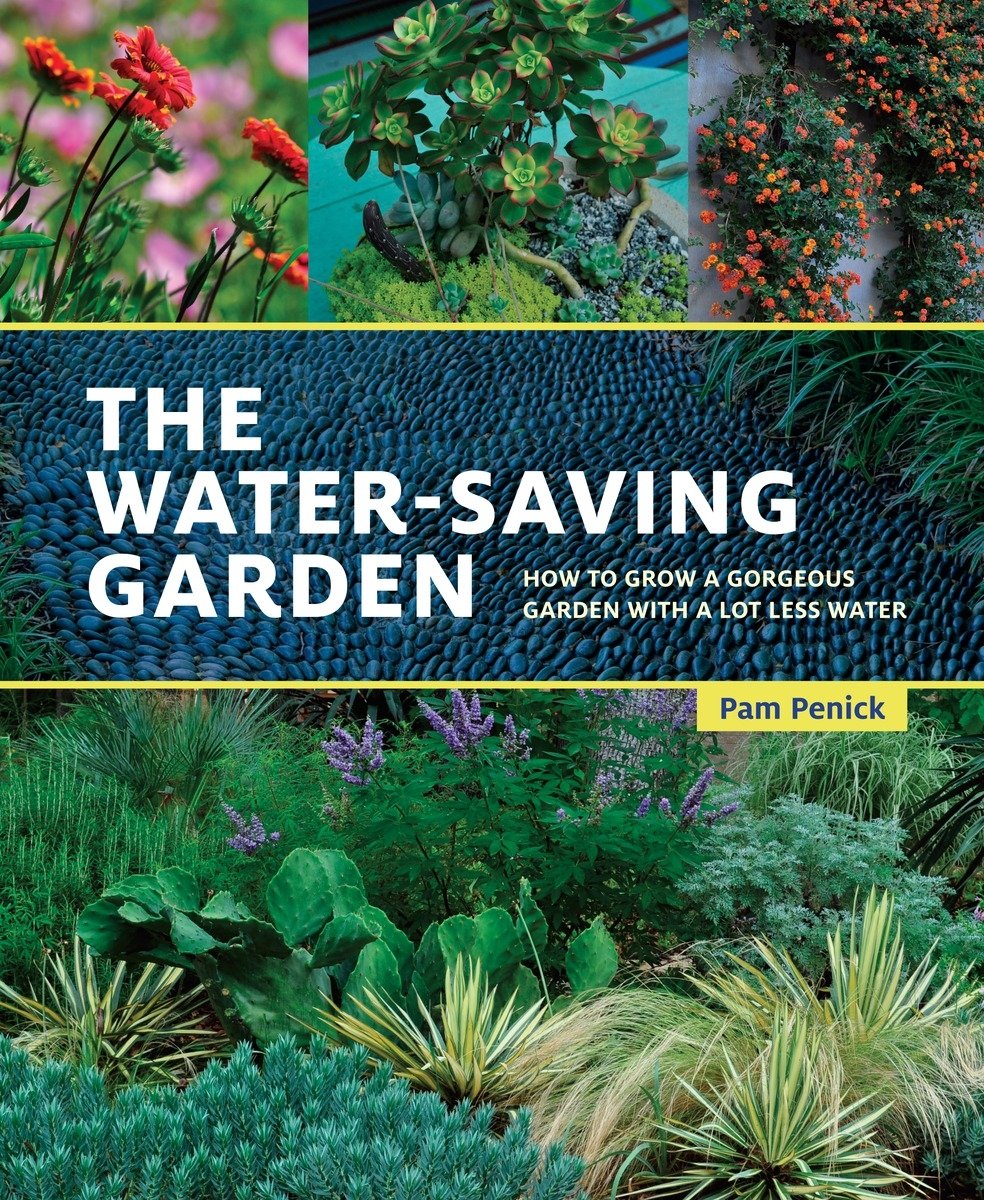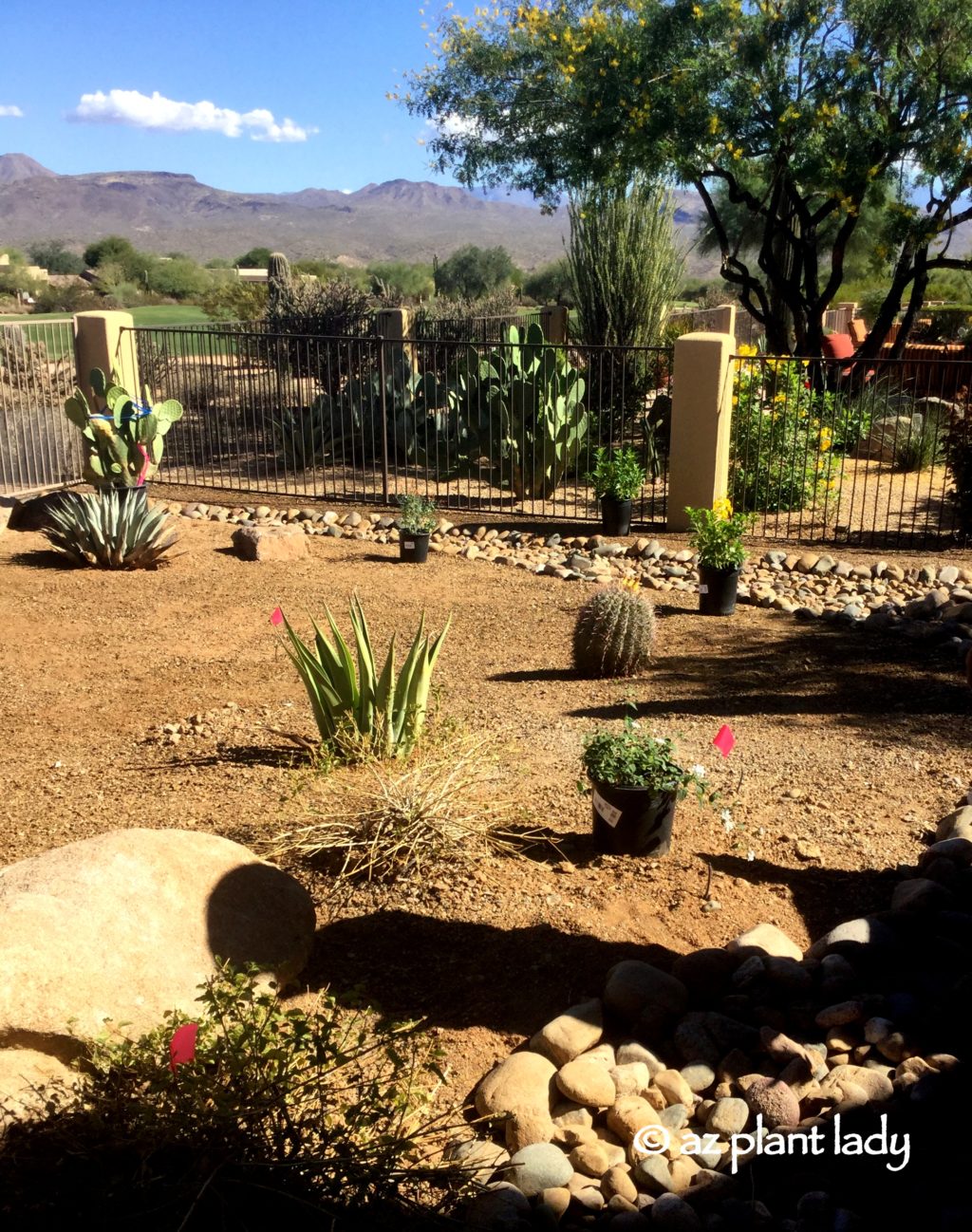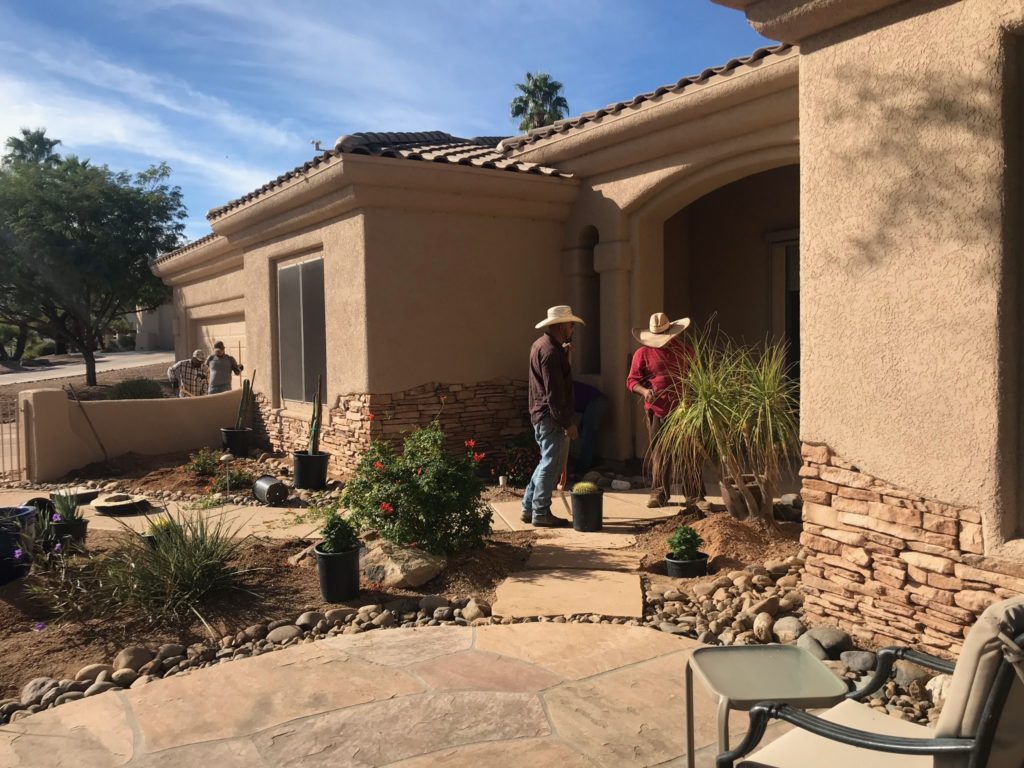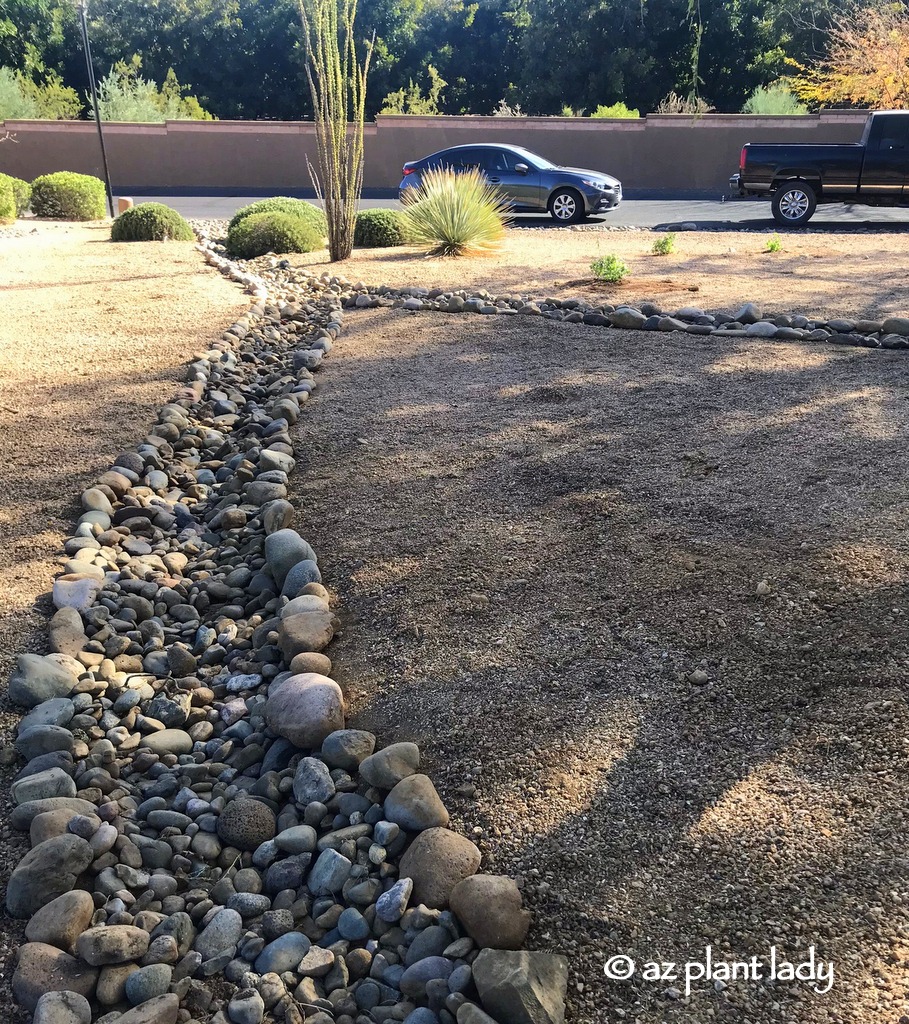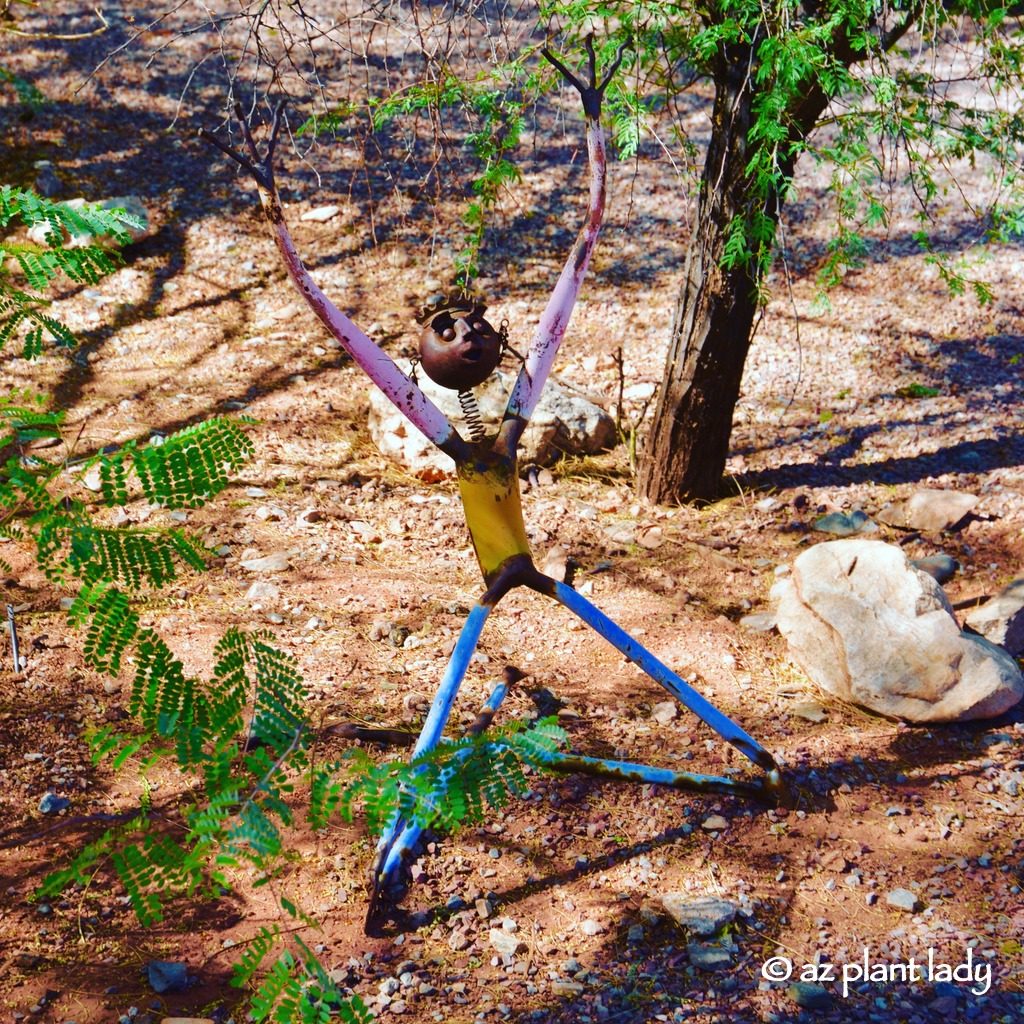
A boot planter adds a touch of whimsy to a patio table.
Exploring Southwest Garden Style Inspiration
I am always on the lookout for new ideas to use in outdoor spaces and on a recent trip to Austin, Texas, I toured 17 different gardens and came away filled with garden inspiration Southwest garden style.
Southwest Garden Style: A Personal Touch
A garden’s style is a reflection of the owner and because everyone is unique, so is the way that they decorate their landscape. I confess that I saw several ideas that I felt representative of my taste and am contemplating replicating them in my garden or recommending them for my clients.
These ideas may inspire you to enhance your own landscape or recommend them to your clients if you’re a gardening enthusiast.
Southwest Garden Style Inspirations
1. Living Art: Wooden Picture Frames Adorned with Plants
One delightful feature I discovered was wooden picture frames filled with live plants, adorning a garden fence. This artistic touch adds charm to any Southwest garden.
These ideas may inspire you to enhance your own landscape or recommend them to your clients if you’re a gardening enthusiast.

Wooden picture frames filled with live plants adorn a fence is Southwest garden style
2. Gazebo Oasis: Creating a Cozy Outdoor Retreat
I fell in love with a gazebo nestled in Colleen Jamison’s backyard. Furnished with comfortable seating and even a chandelier, it’s a dreamy space that I aspire to recreate in my own garden someday.

I fell in love with the gazebo in Colleen Jamison’s backyard. Filled with comfortable furniture and even a chandelier, I hope to create something similar in my back garden someday.
3. Illuminating Elegance: Candelabra and Mirrors
Within the gazebo, a candelabra graces a side table, casting a warm glow. Mirrors strategically placed throughout the garden reflect its beauty, creating the illusion of a larger outdoor space.
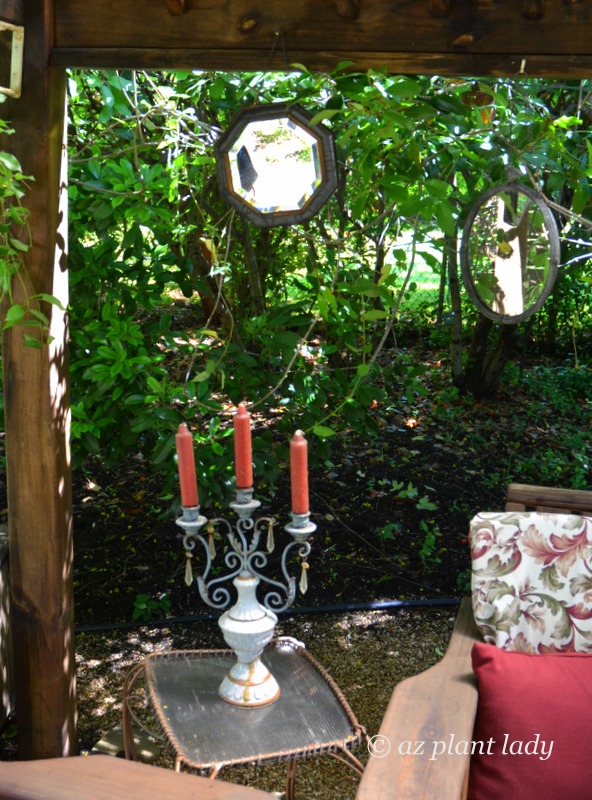
A candelabra graces a side table underneath the shade of the gazebo while mirrors reflect other areas of the garden.
4. Reflective Charm: Mirrors in Shady Spaces
The simple inclusion of a mirror in shaded areas can work wonders, reflecting the garden’s other side and enhancing its visual appeal.
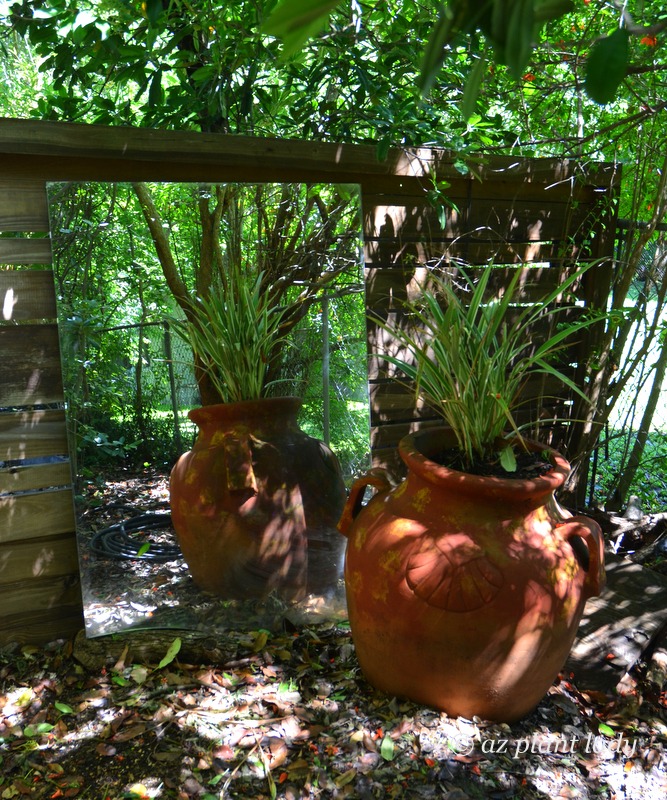
The simple inclusion of a mirror reflects the other side of the garden and creates the illusion of a larger outdoor space. This works well in shady areas.
5. Whimsical Welcome: Garden Gate with a Unique Handle
A garden gate with a handle crafted from a hand cultivator adds a whimsical touch to the entryway, embodying the spirit of Austin’s “keep it weird” campaign.
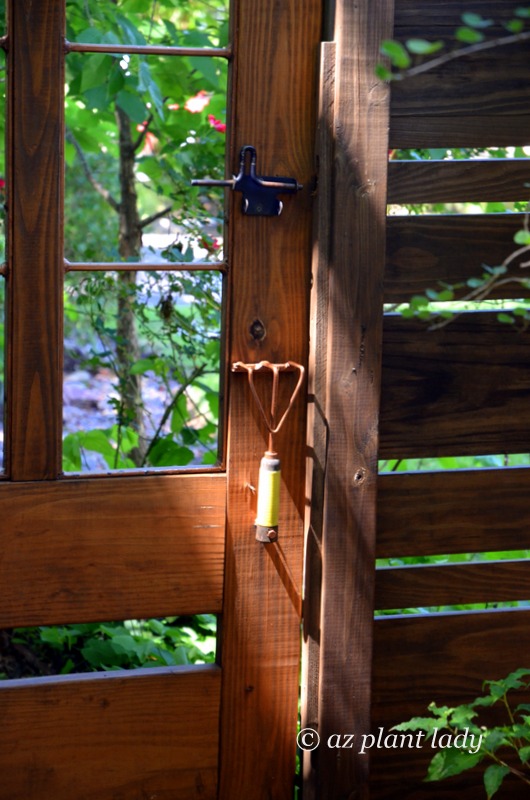
A unique handle for a door – a hand cultivator welded to the garden gate.
6. Artistic Garden Sculptures
One garden featured a stone head adorned with Mexican feather grass, creating a striking and artistic focal point.
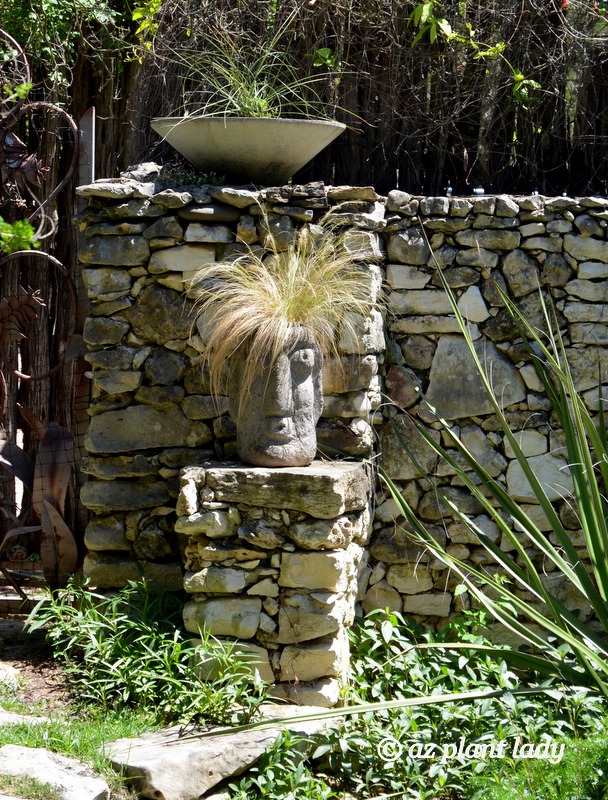
A stone head spouts a full head of hair made from Mexican feather grass (Nassella tennuisma).
7. Playful Entrance: Skull and Prickly Pear Cactus
Embrace creativity with a garden doorway graced by a skull and a prickly pear cactus, making a memorable first impression.
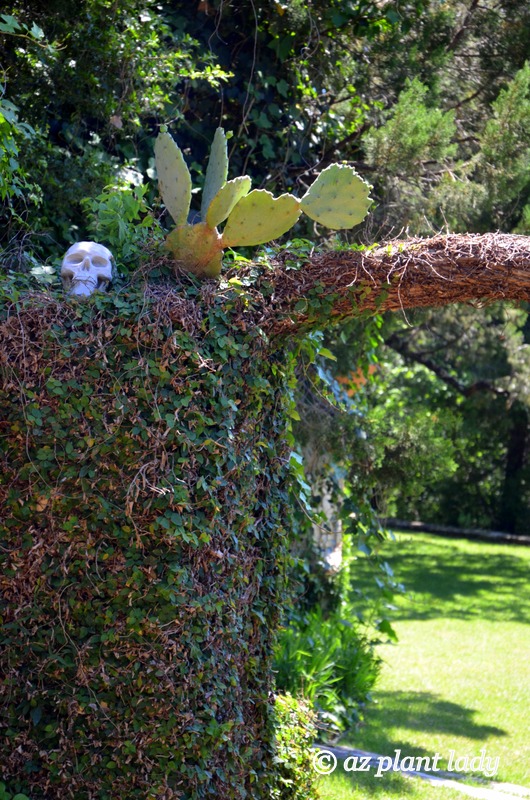
Keeping with the “keep Austin weird” campaign, a garden doorway is graces with a skull and a prickly pear cactus.
8. Curved Path of Discovery
A curved garden path leads visitors on a journey of discovery, punctuated by large concrete balls that add a unique visual element.

A curved garden path leads visitors on a journey of discovery with large concrete balls dotting the way.
9. Upside Down Planters: Gravity-Defying Charm
An upside-down planter hanging from a tree, showcasing flowering impatiens, defies gravity and adds a cool, unexpected element to the garden.

An upside down planter hangs from a tree with flowering impatiens. I don’t know how the plant stays in without falling out, but it’s cool!
10. Container Brilliance: Pots as Decorative Elements
Large, colorful containers can serve as focal points in the garden, even when they don’t contain plants. Explore the beauty of decorative outdoor pots.
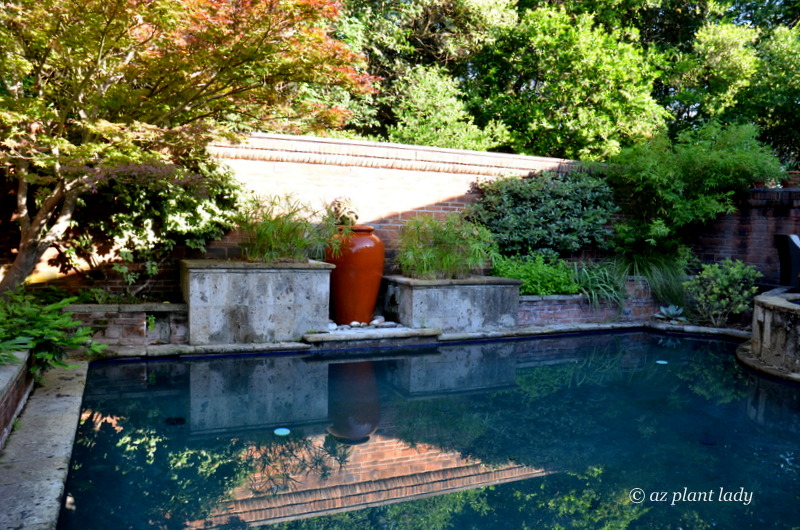
A large colorful, container is the focal point behind a swimming pool. Pots don’t need to have plants inside them to add beauty to the garden. Pots can serve as a decorative outdoor element.
11. Pear Arbor: Rustic Elegance
Four pear trees form an arbor over a rustic dining table, creating a tranquil outdoor dining experience. These trees were trained onto a rebar structure, adding rustic charm.
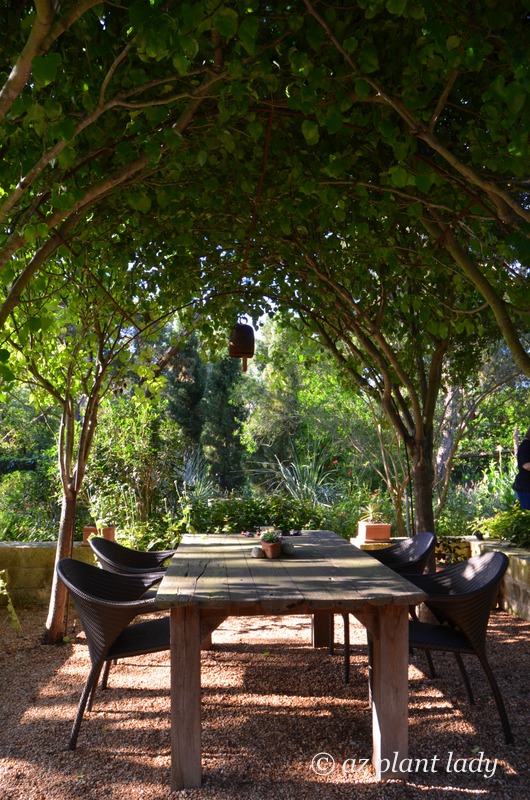
Four pear trees form an arbor over a rustic dining table. The trees were planted 5 years ago and trained onto a basic structure created from rebar.
12. Burst of Color: Planters, Cushions, and Outdoor Carpet
Pam Penick’s garden demonstrates that color doesn’t only come from plants. Add vibrancy using planters, cushions, and outdoor carpets to create a lively atmosphere.
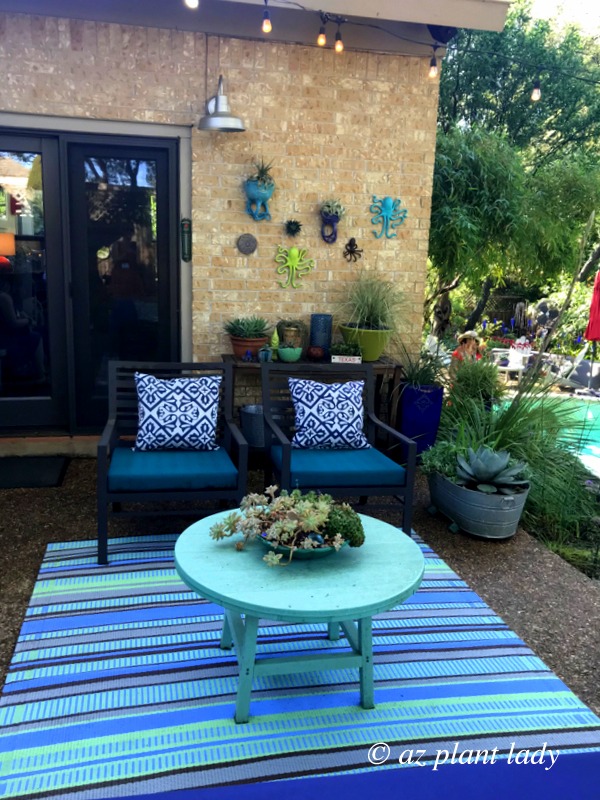
Color doesn’t only from plants in Pam Penick’s garden – she adds interest with vibrant hues using planters, cushions, and outdoor carpet.
Summer in my desert garden is a time to enjoy its beauty from the air-conditioned comfort of my home. Yet, it’s also when I plan and dream of what I would like to add to it when the weather cools in fall.
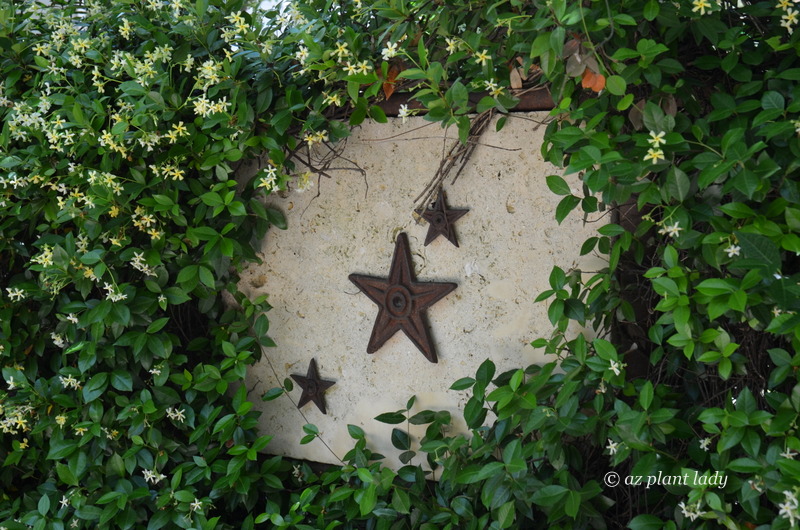
Metal stars are on display, framed by star jasmine vine (Trachelospermum jasminoides).
Embrace Garden Inspiration and Inspire Beauty
While garden inspiration was in plentiful supply during my visit to Austin, it can also be found in other places such as a roadside planting, a local business’s landscape, a favorite magazine, or perhaps even in your neighbor’s front yard. I encourage you to keep your eyes open to possibilities of what you can do with your outdoor space.
White Flowering Plants for the Southwest Landscape: Part 1



